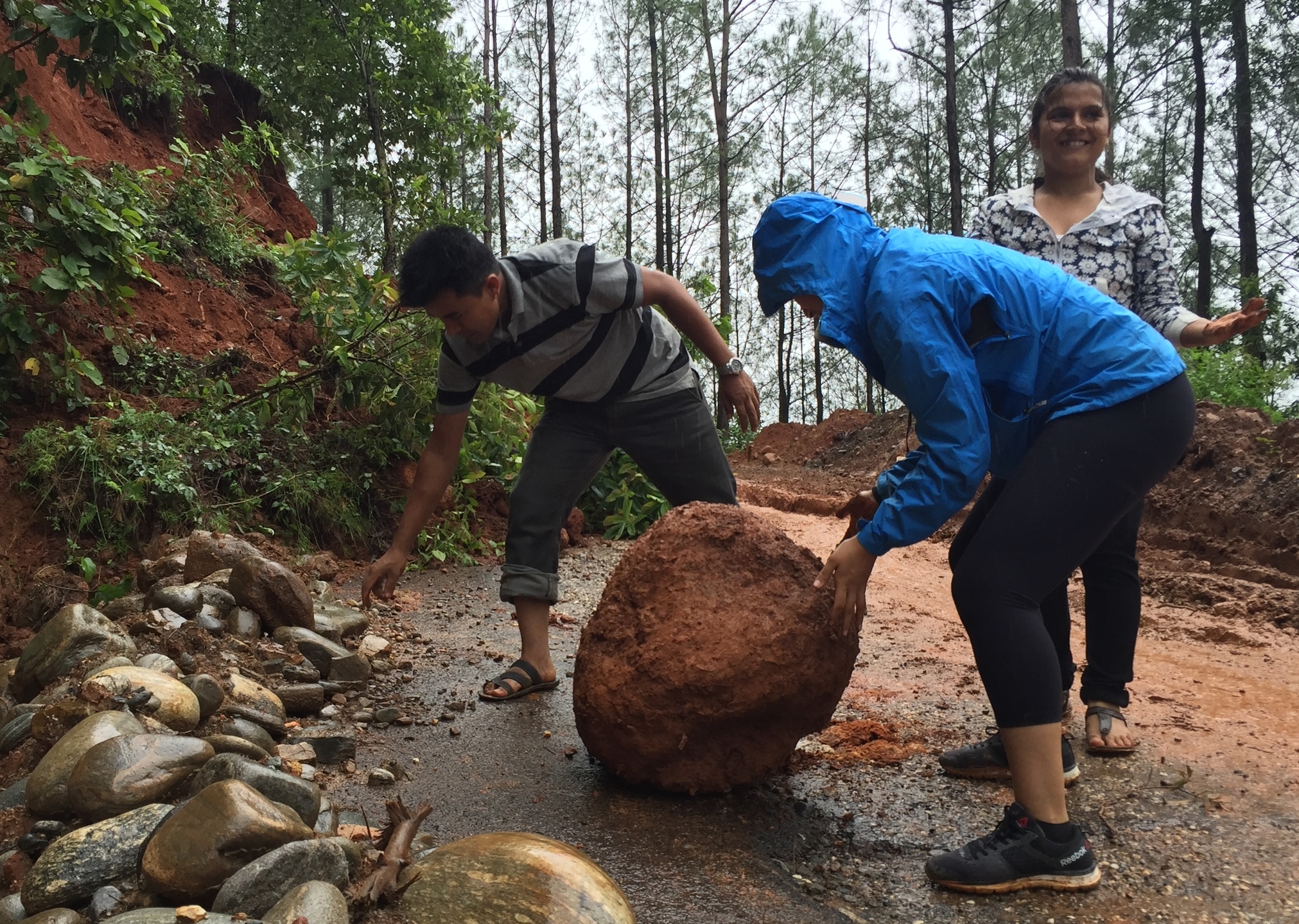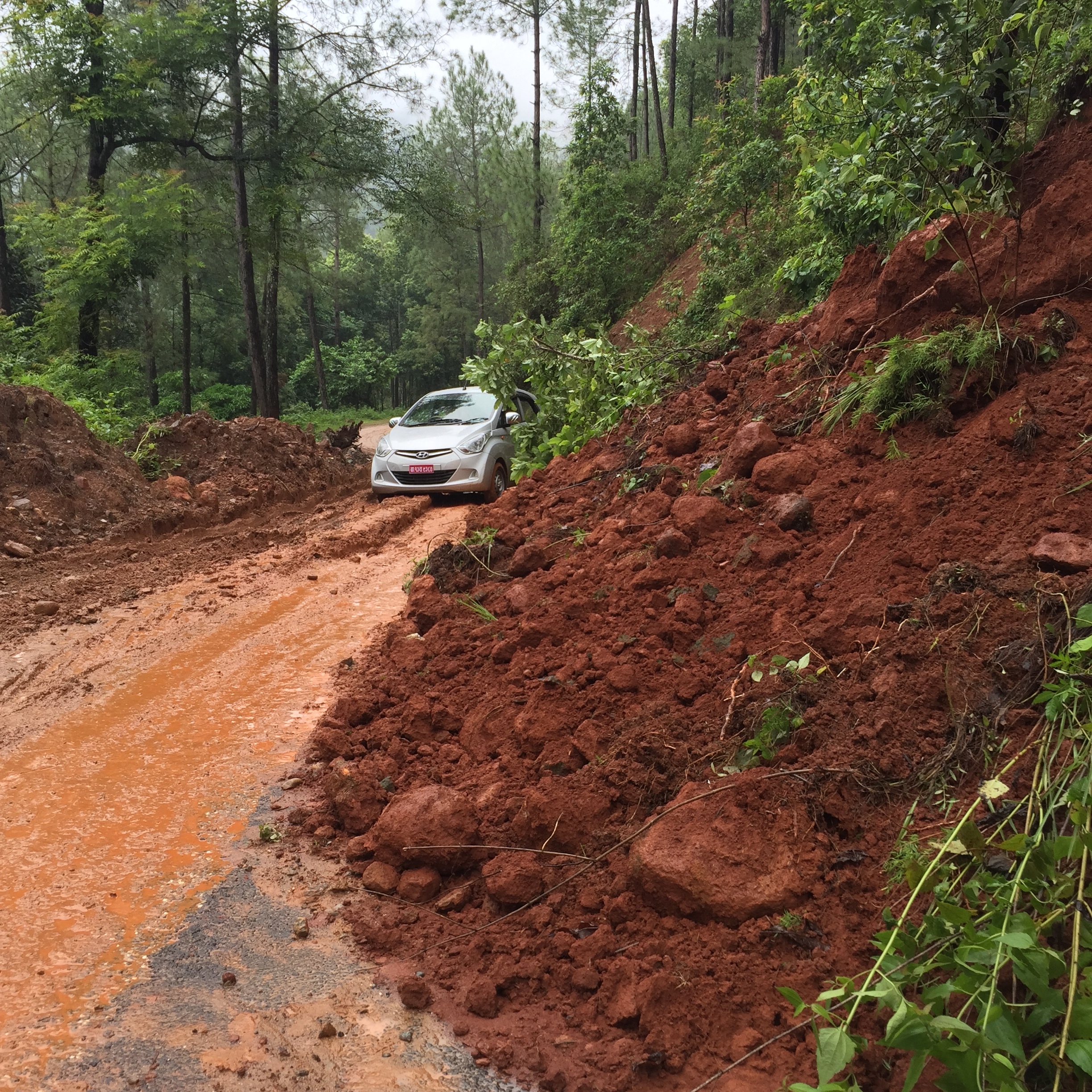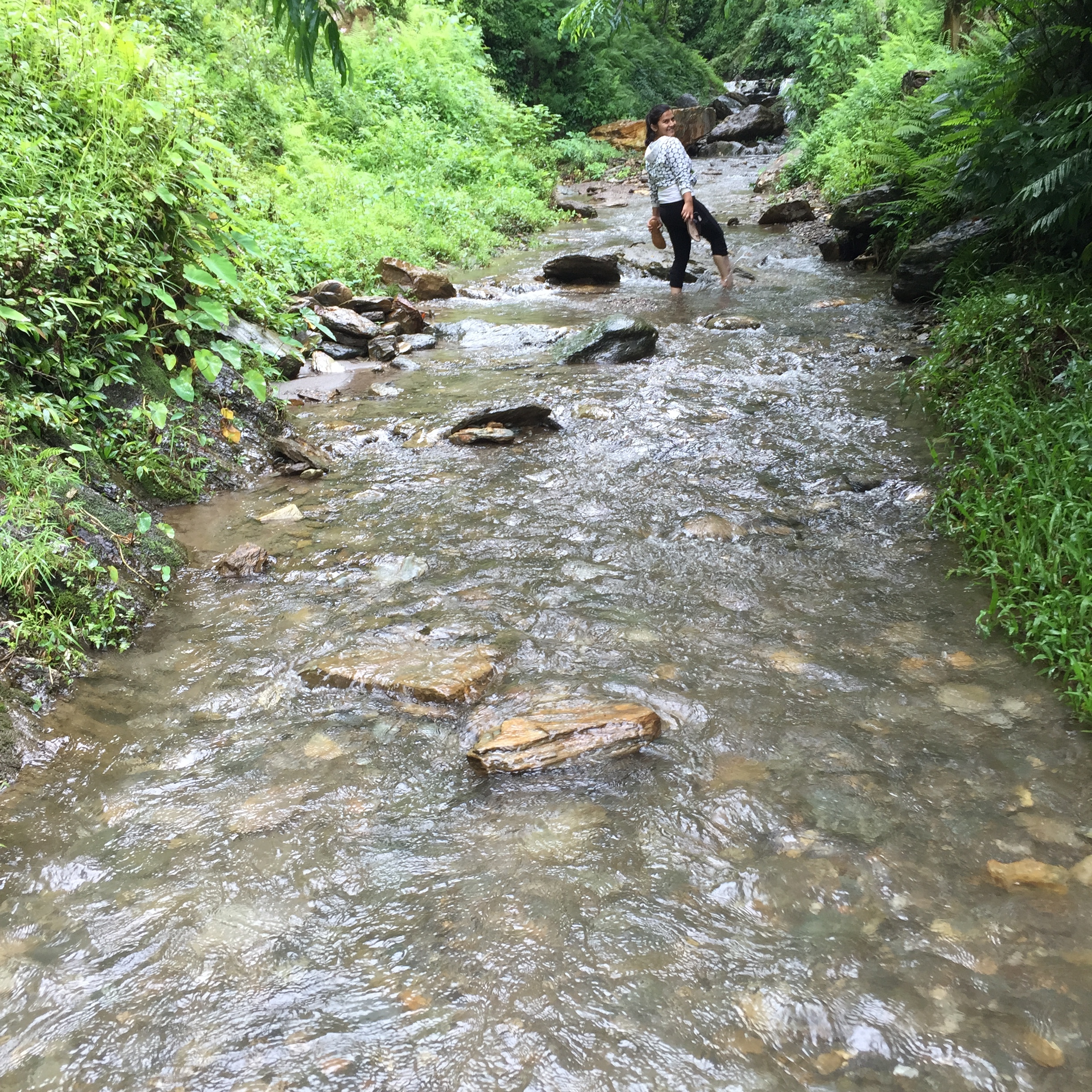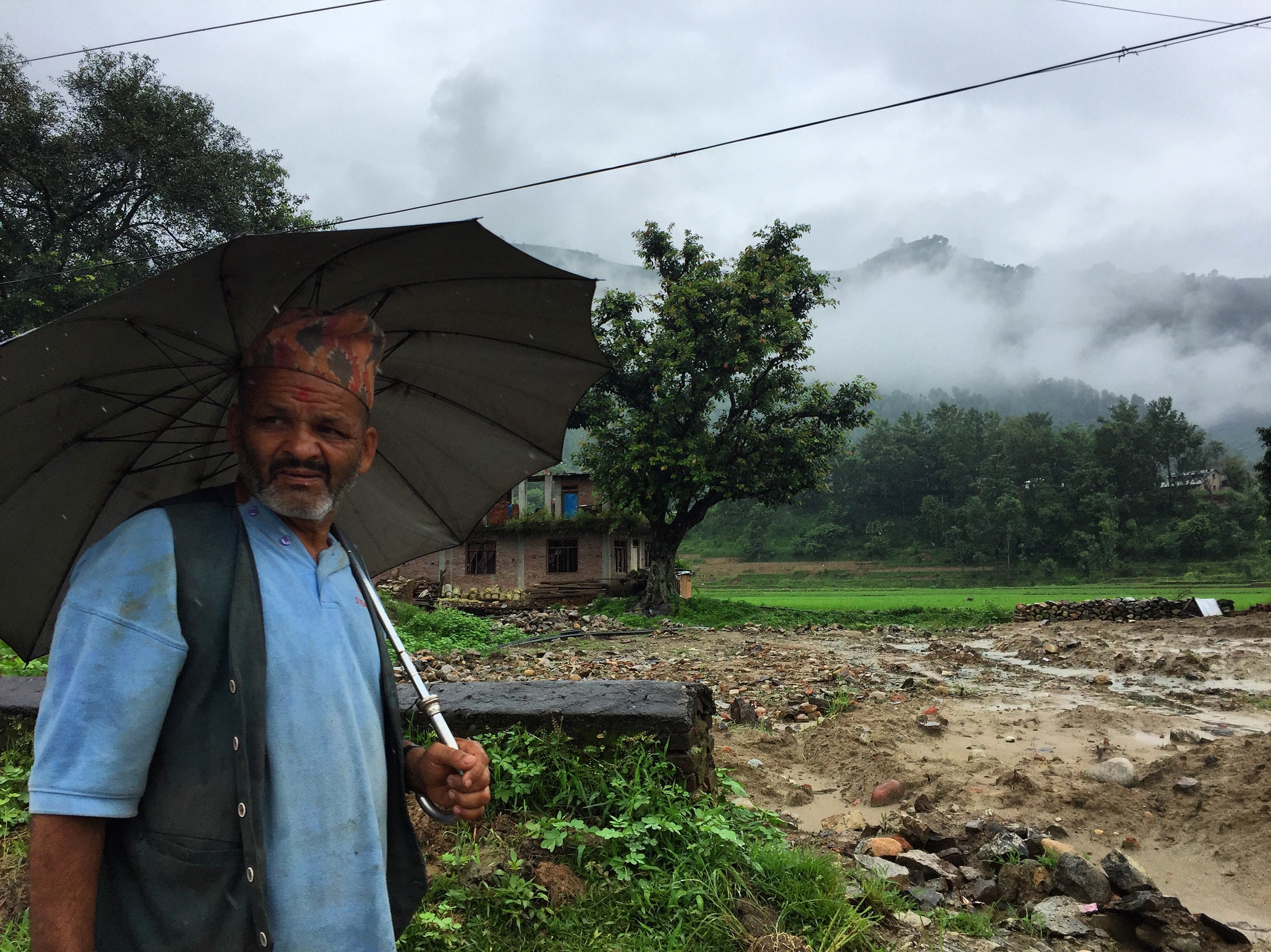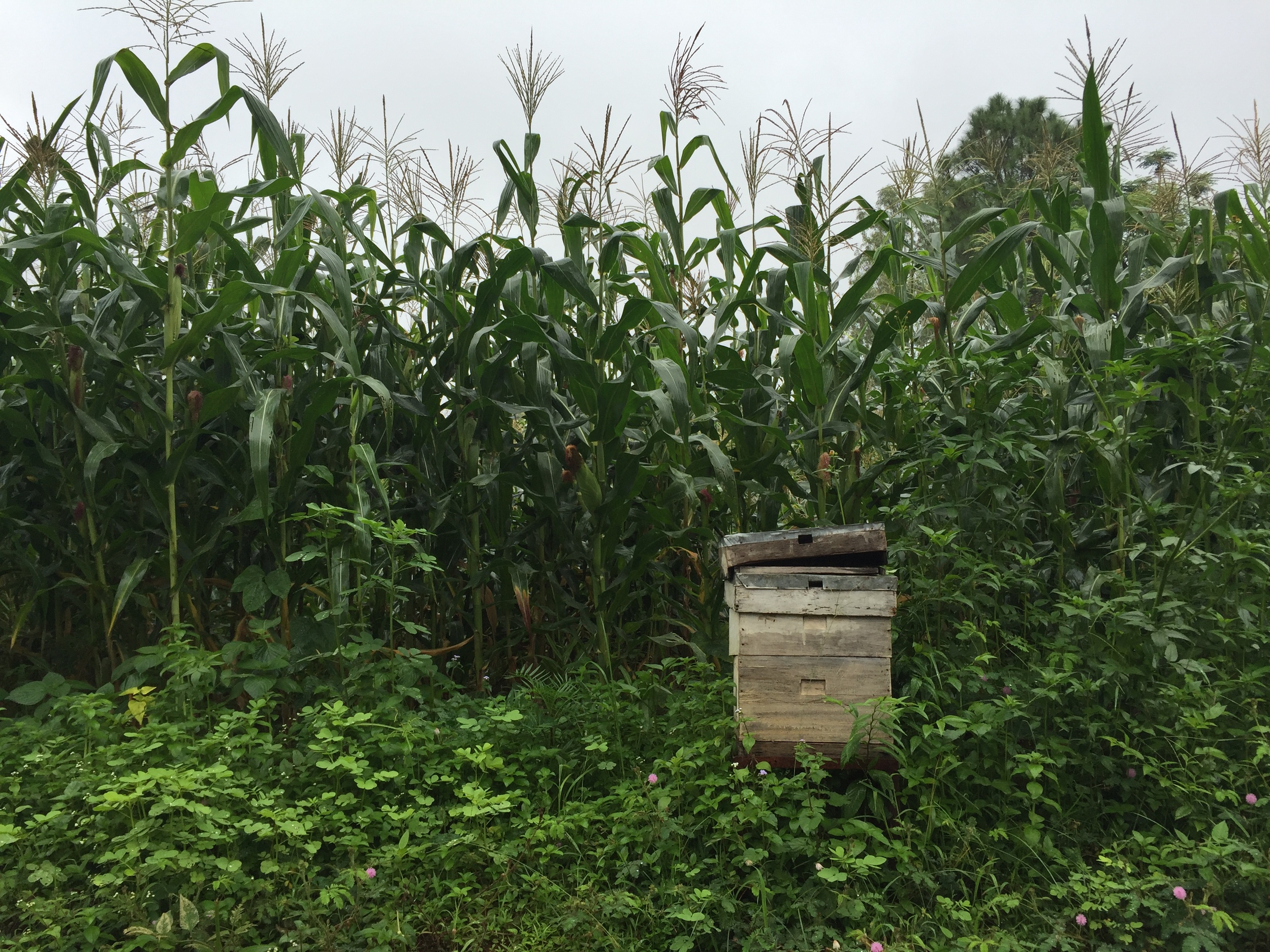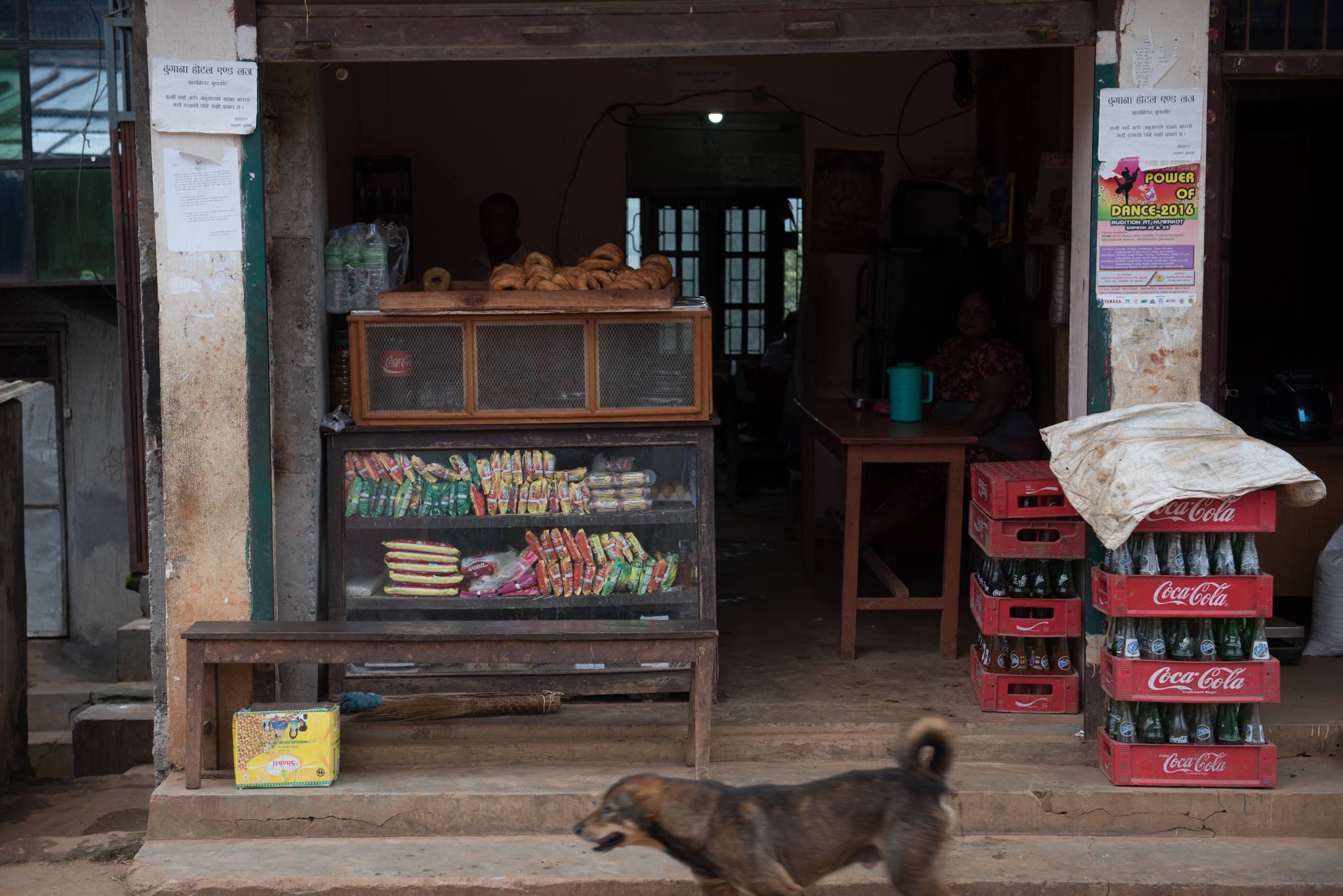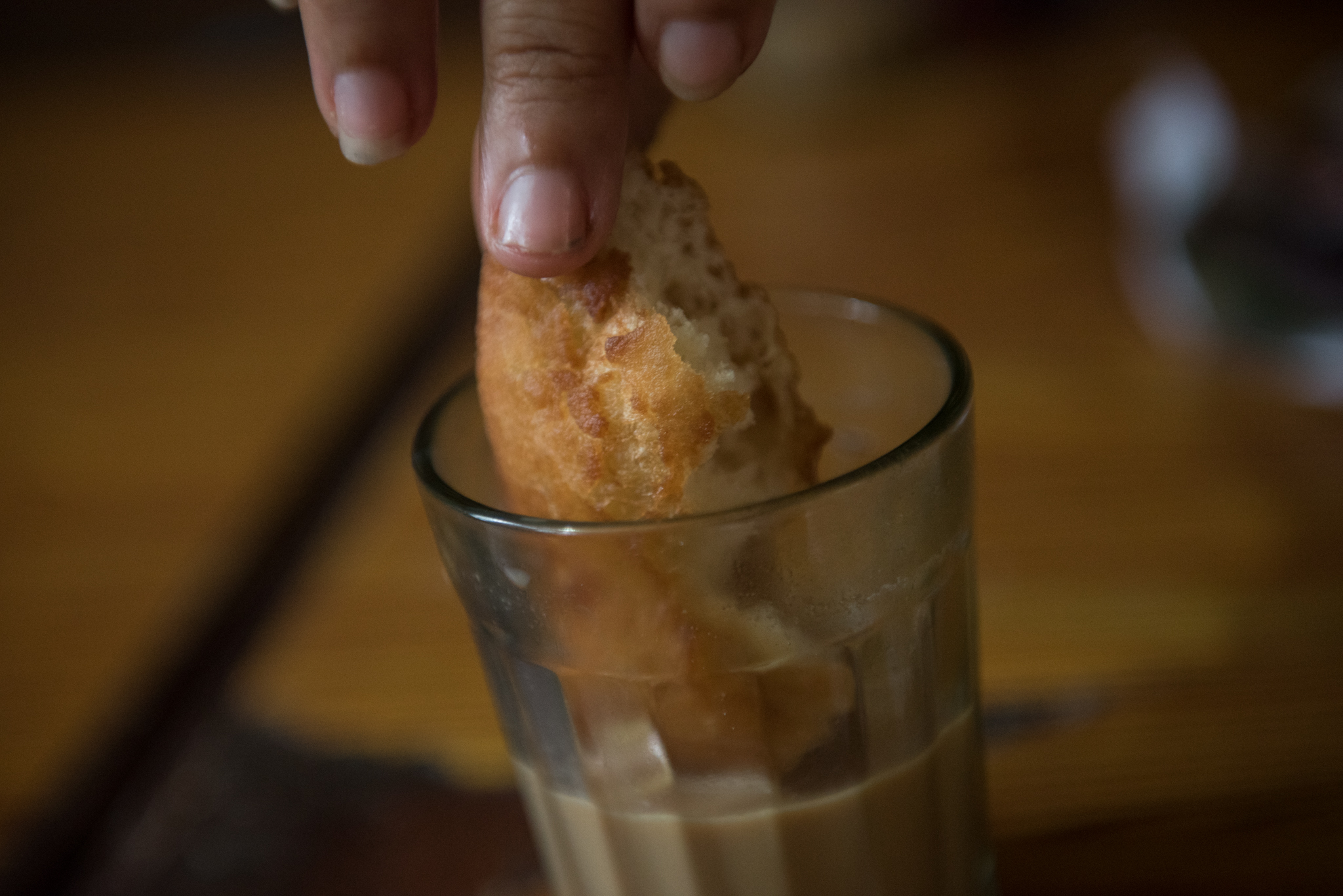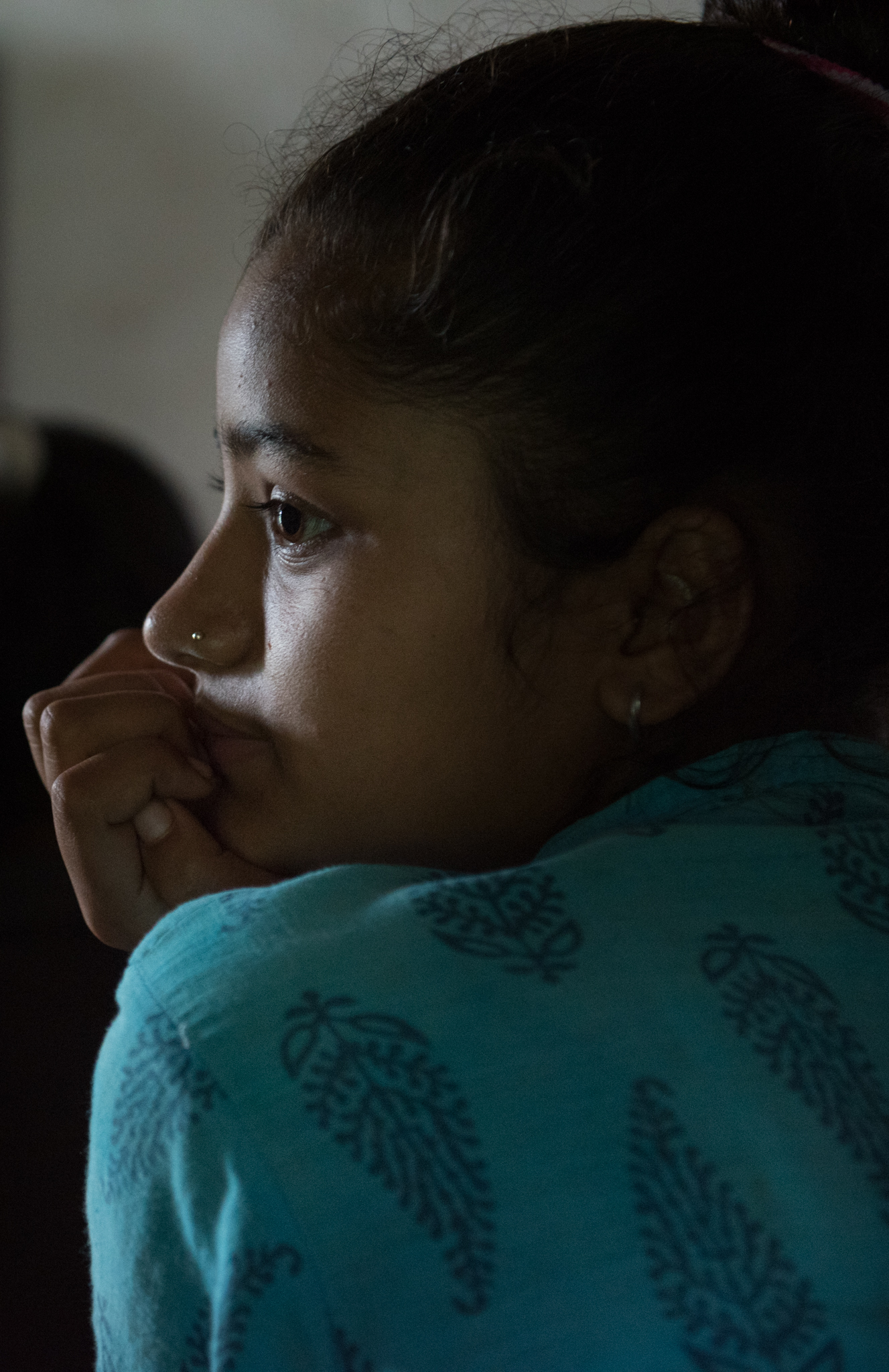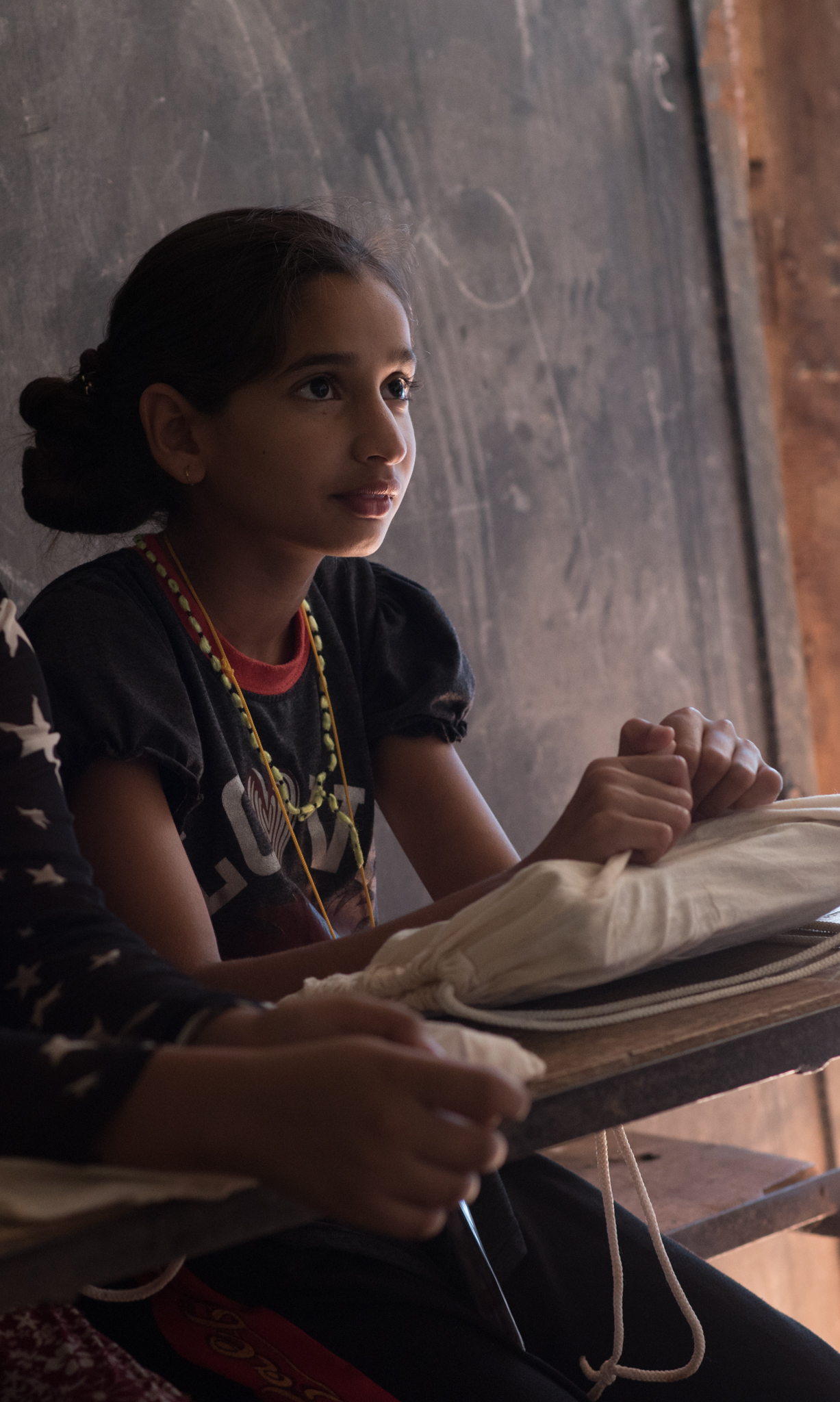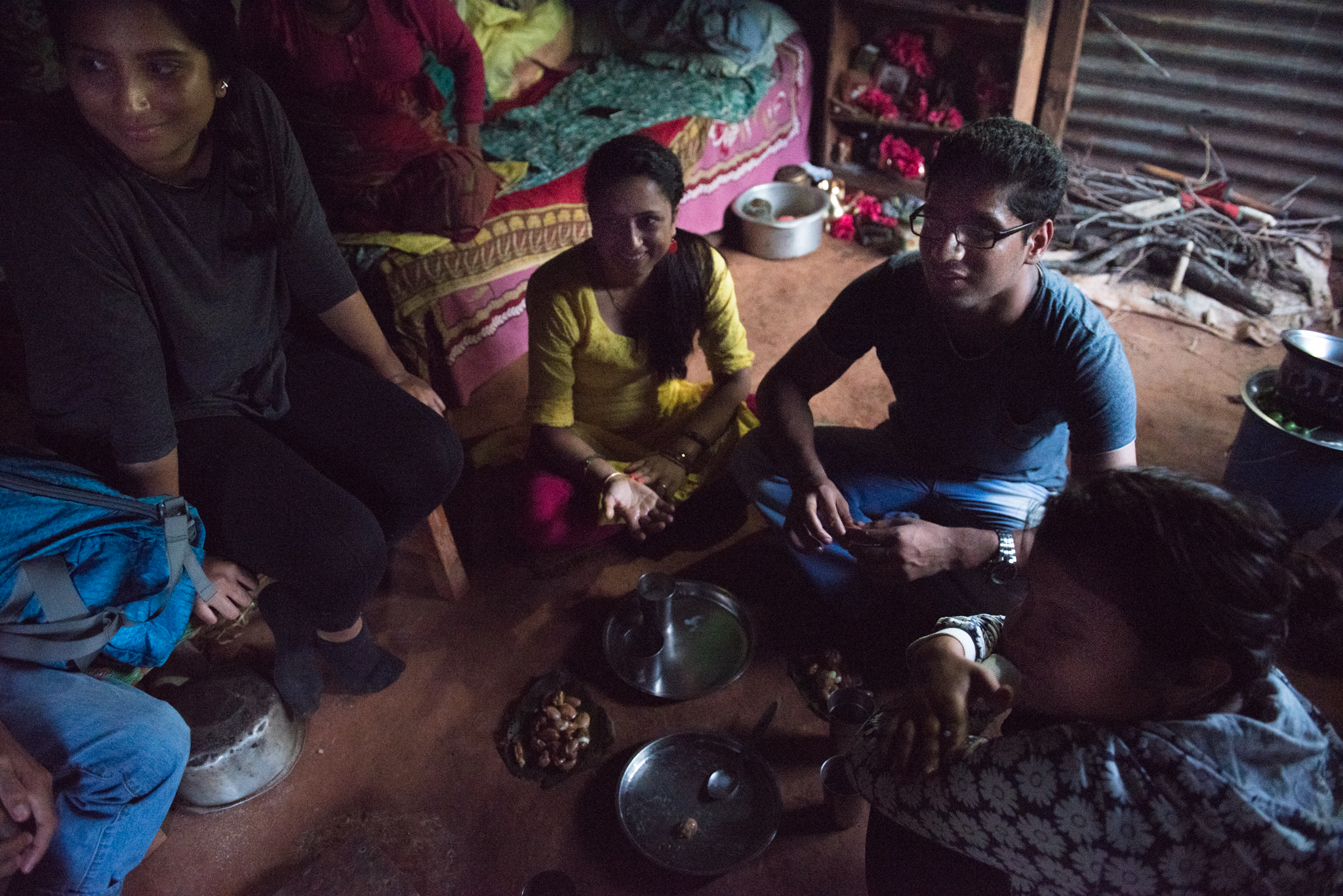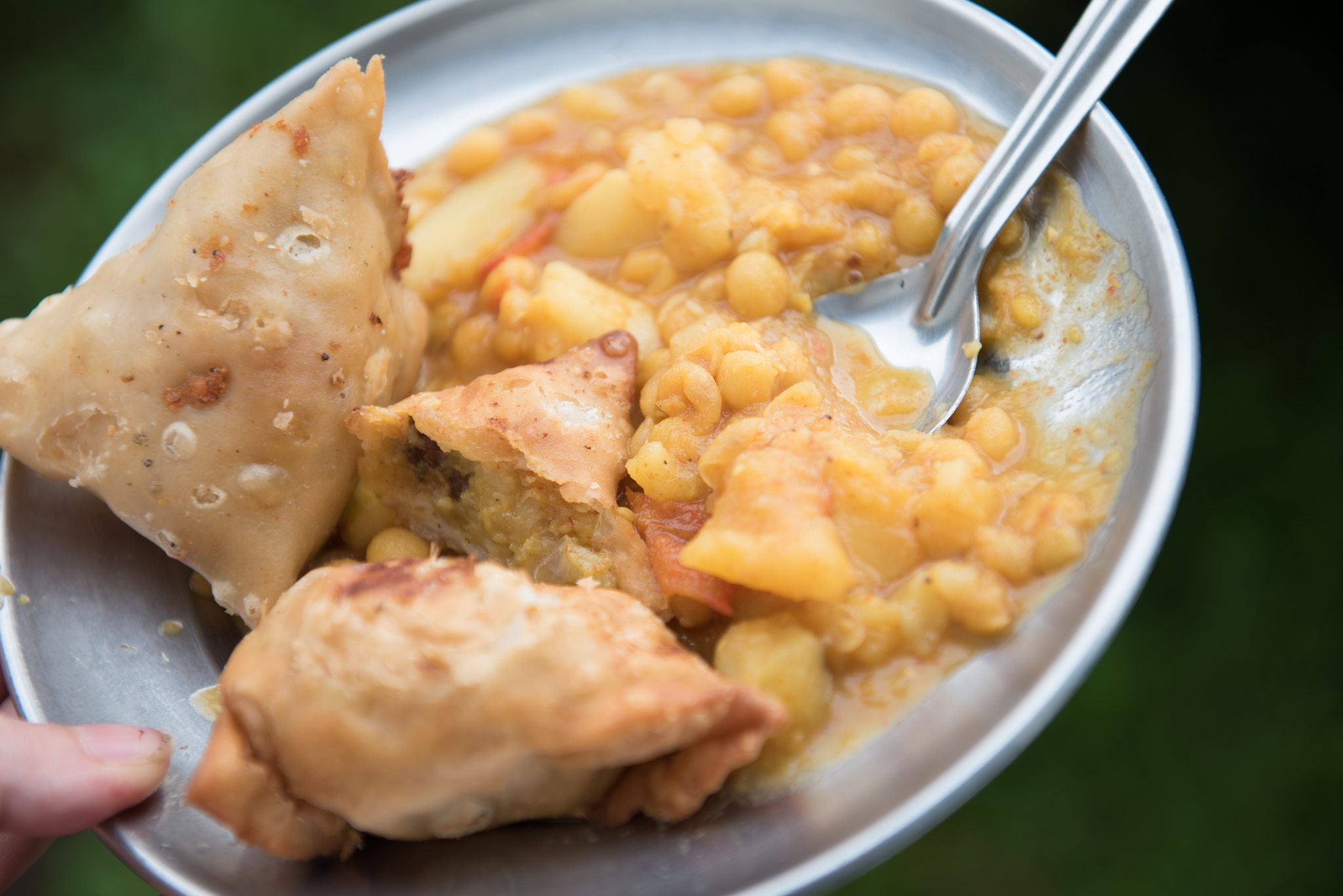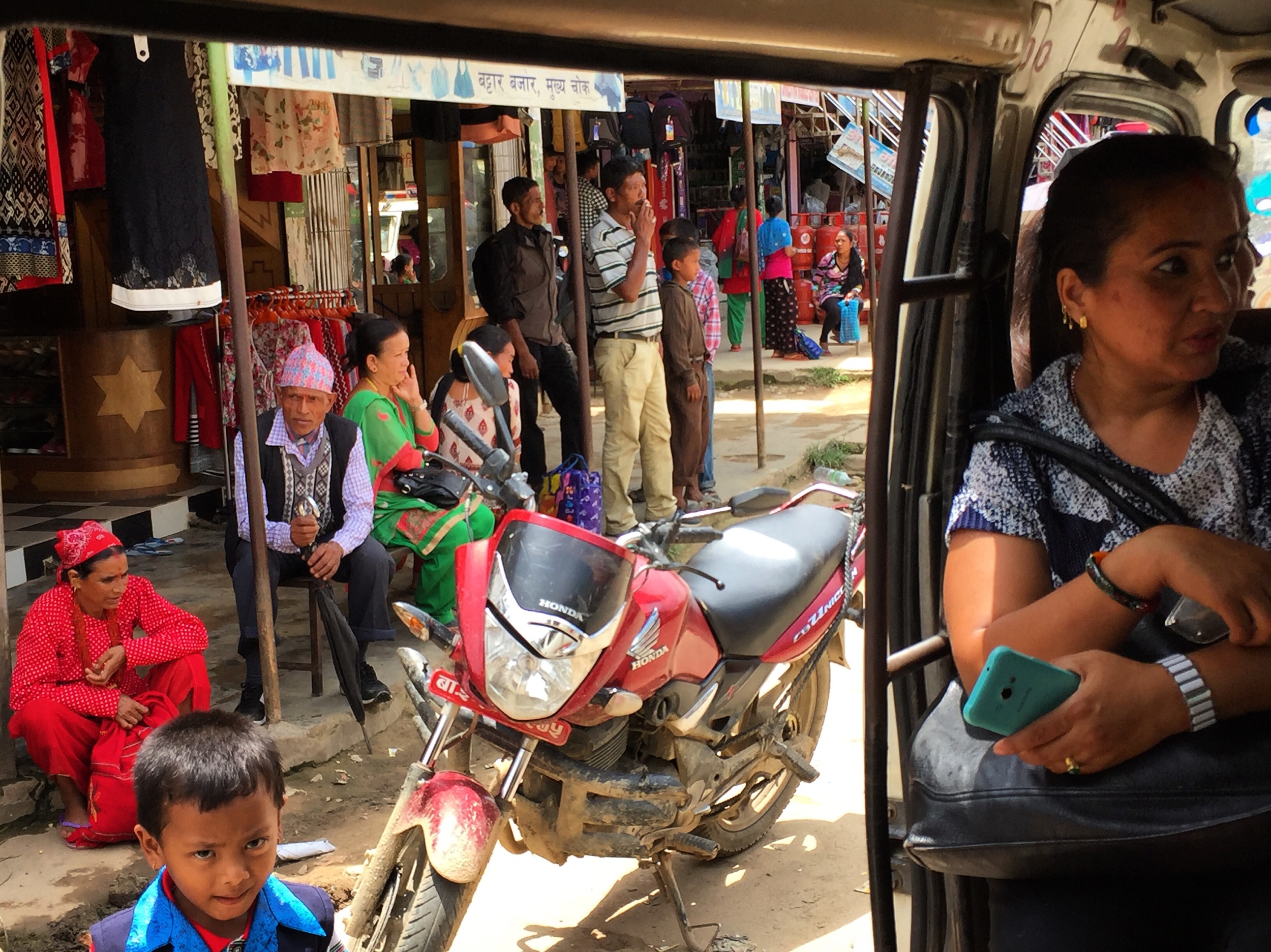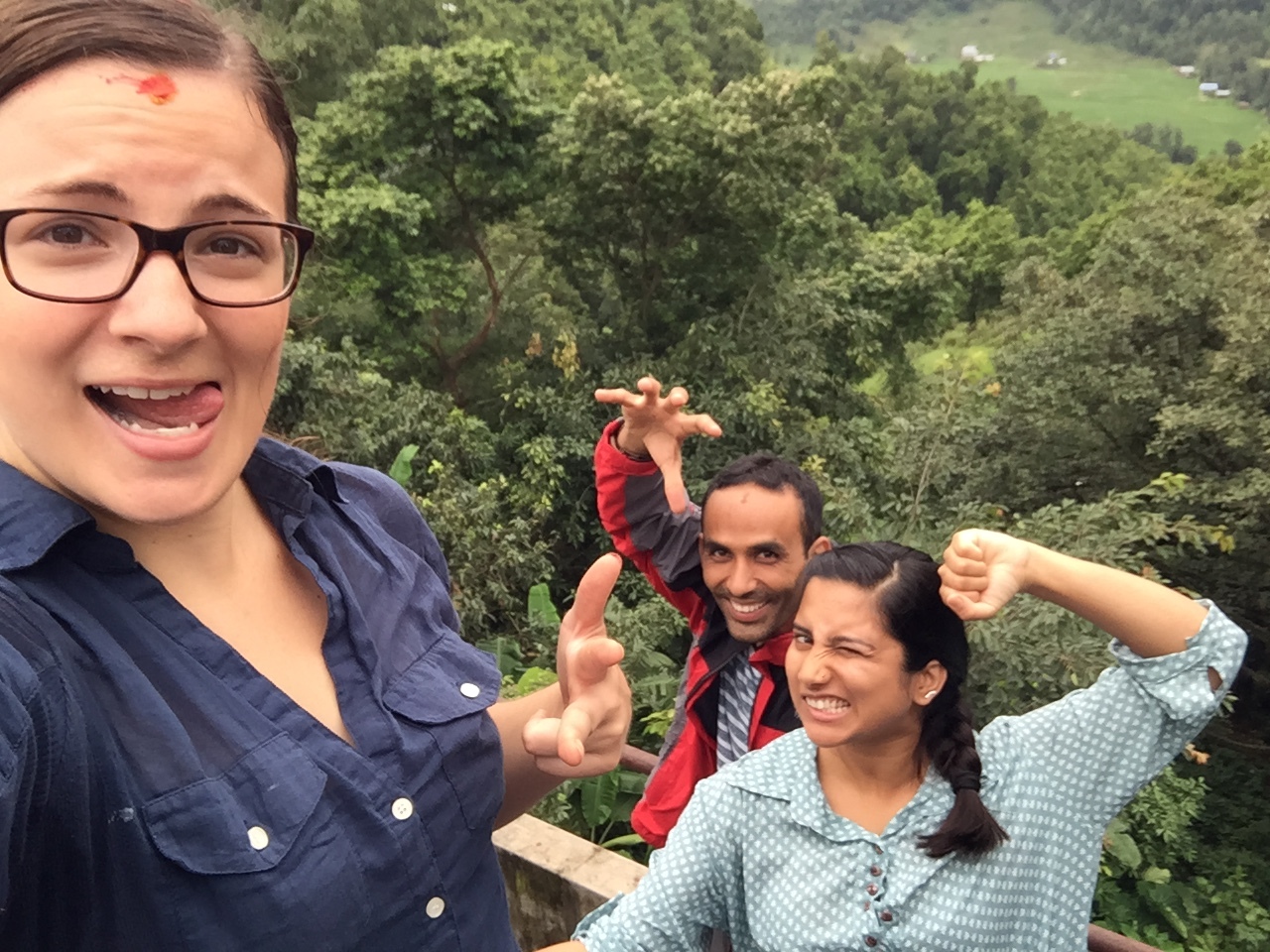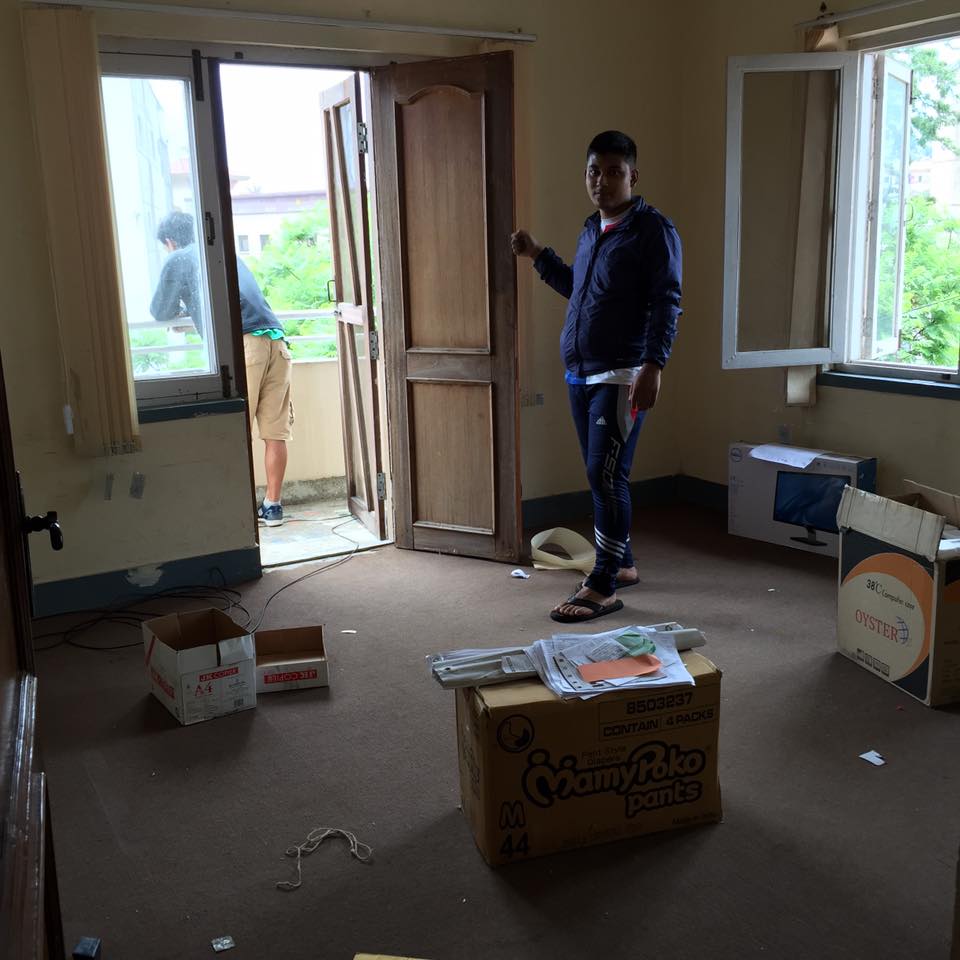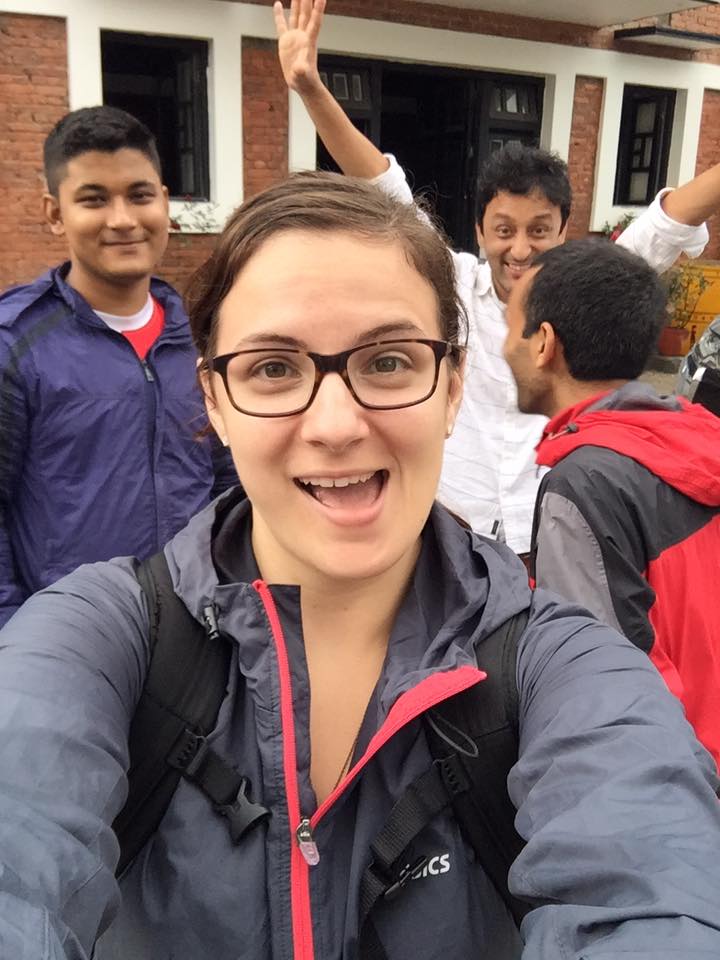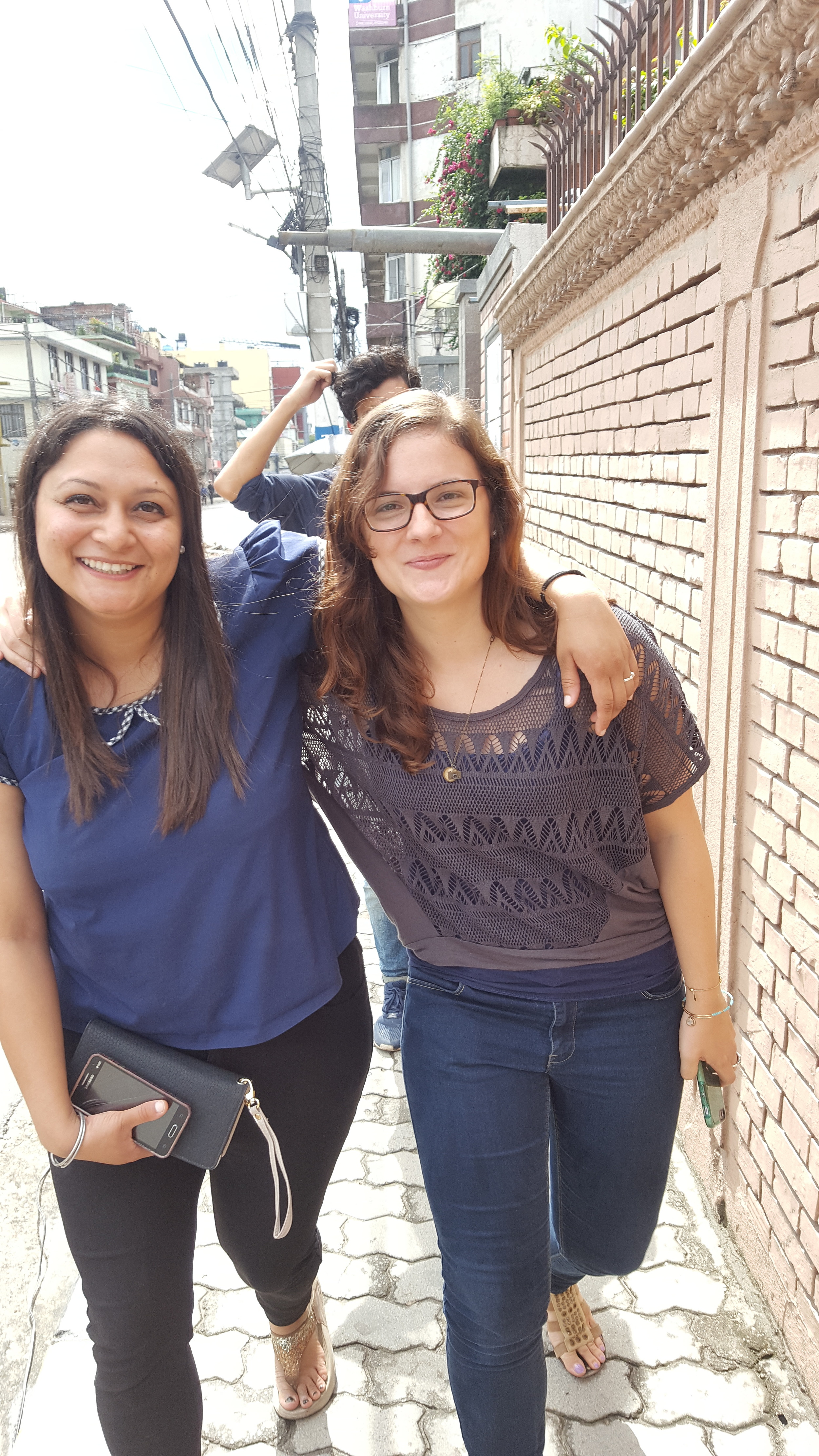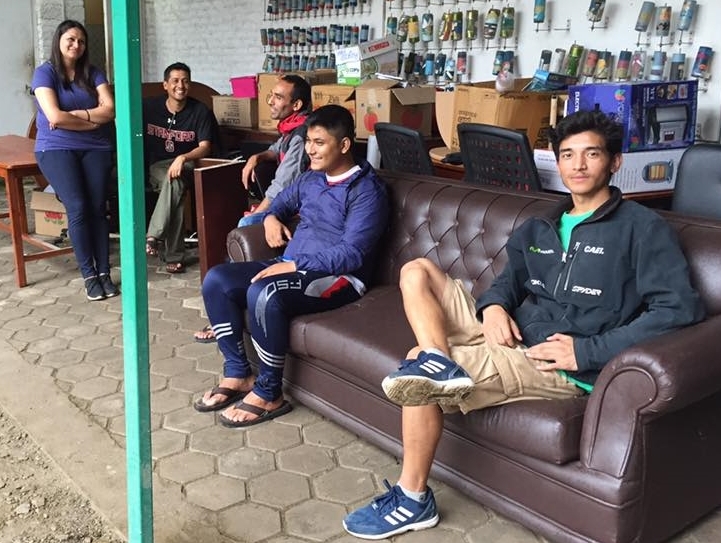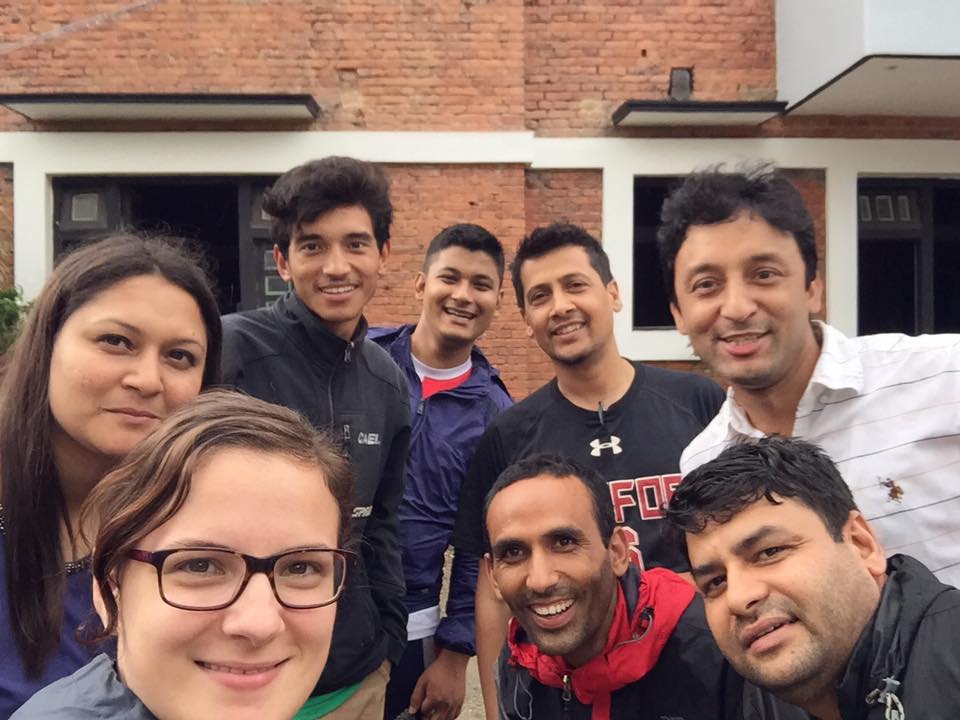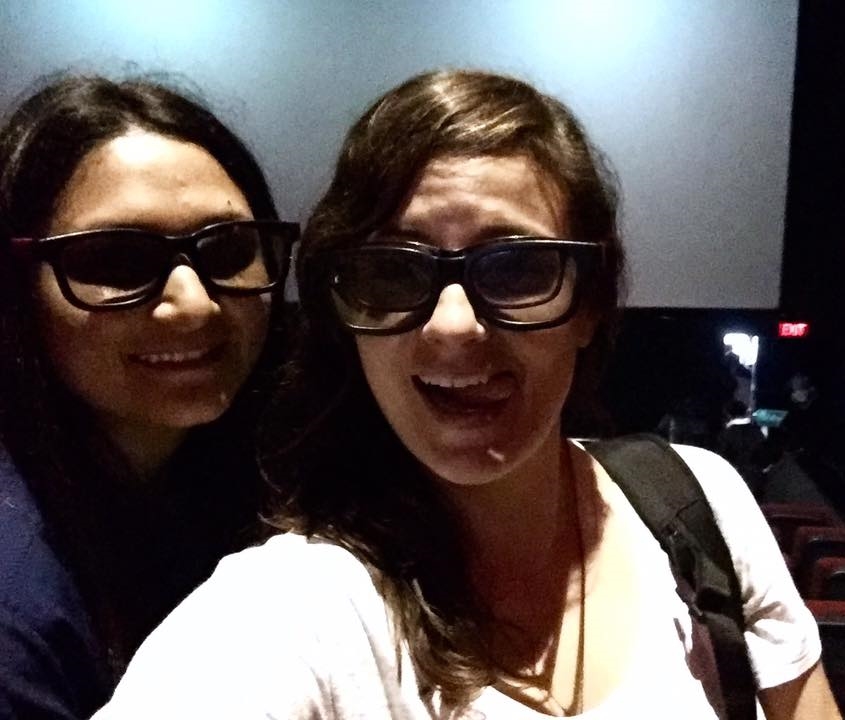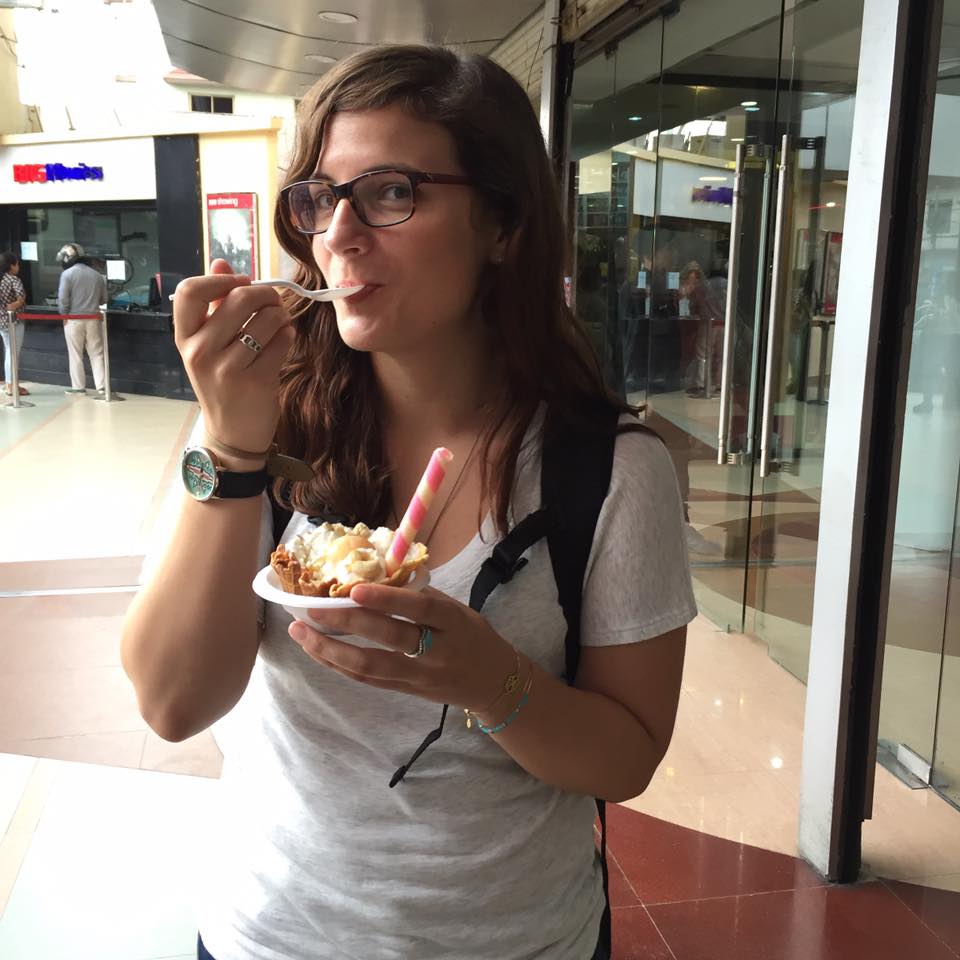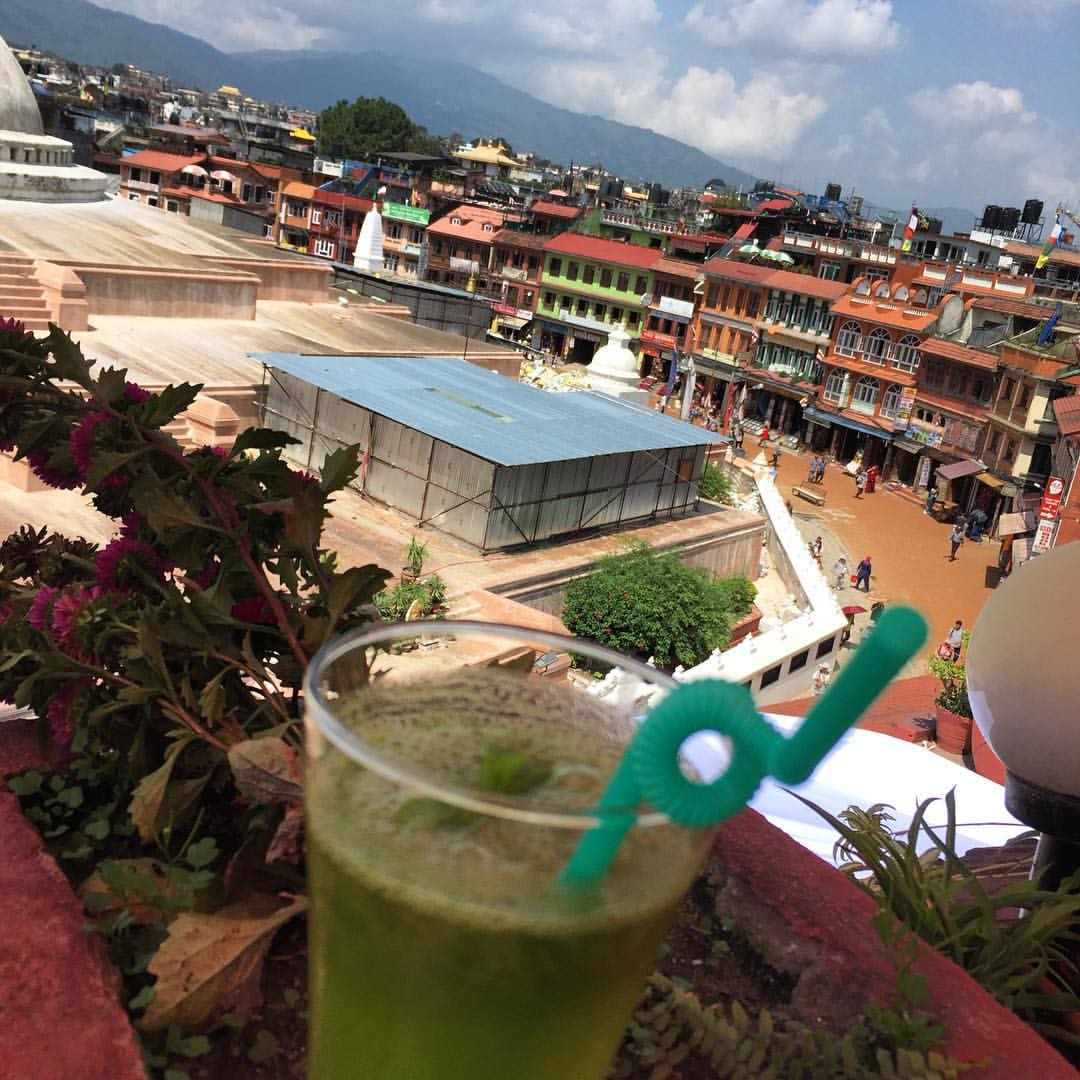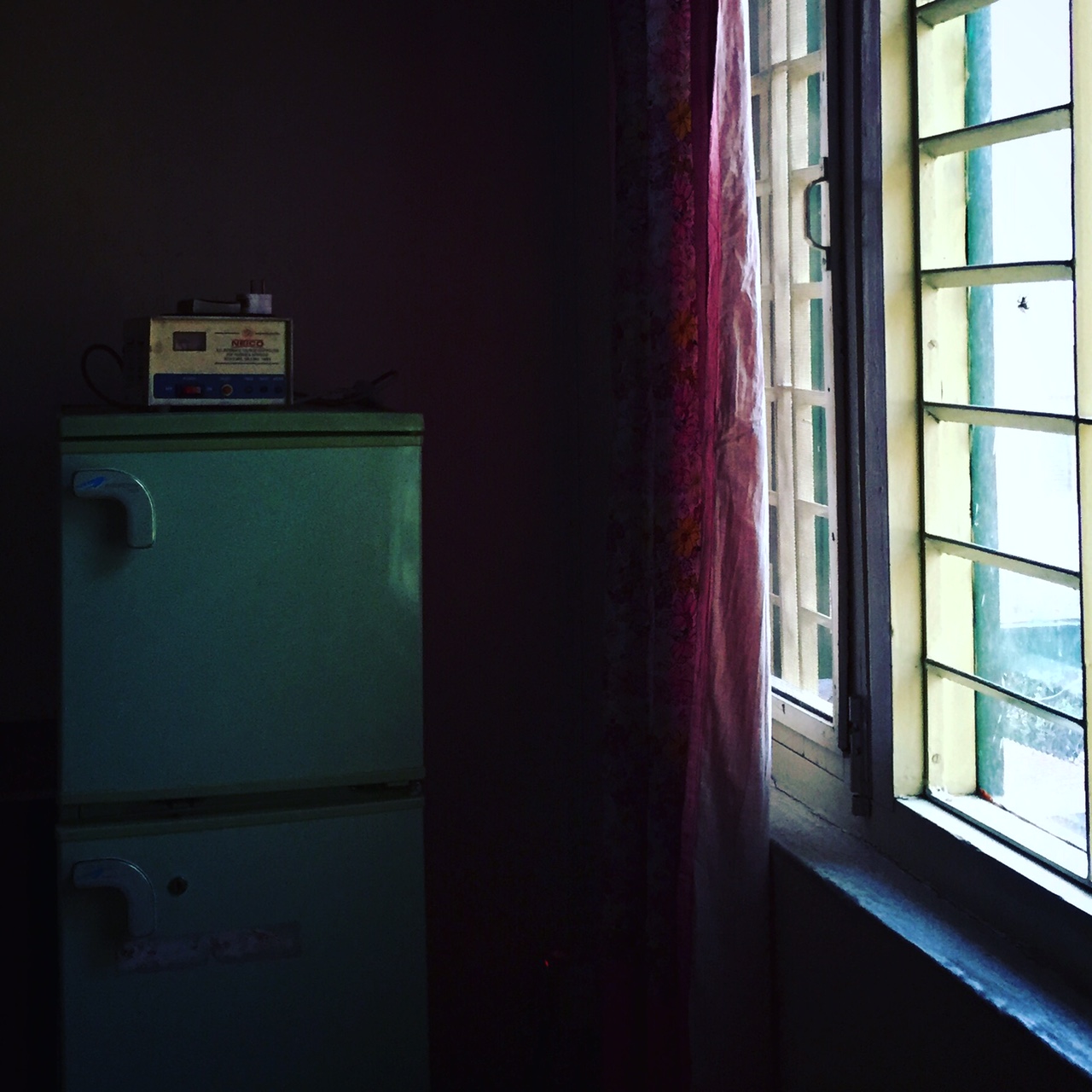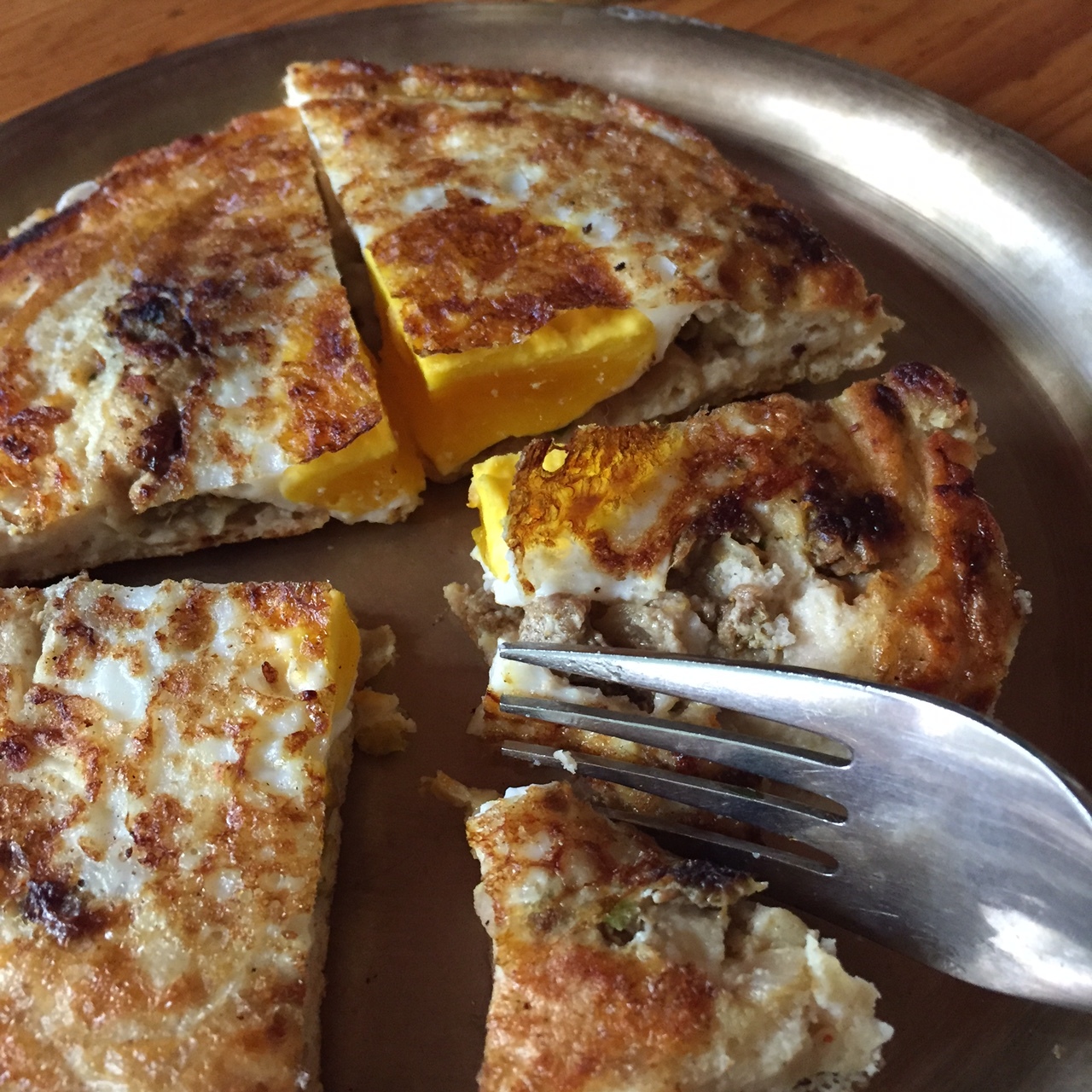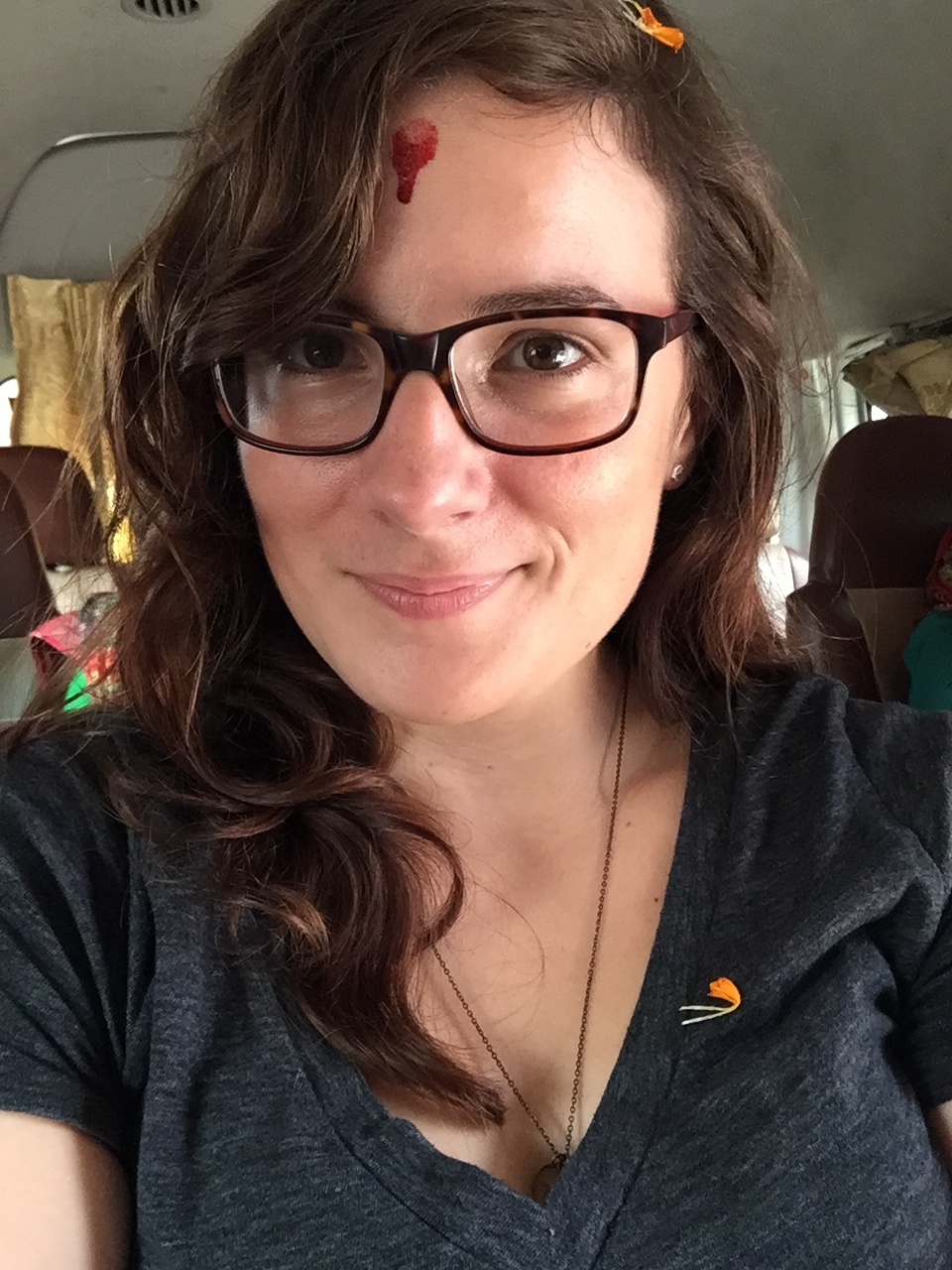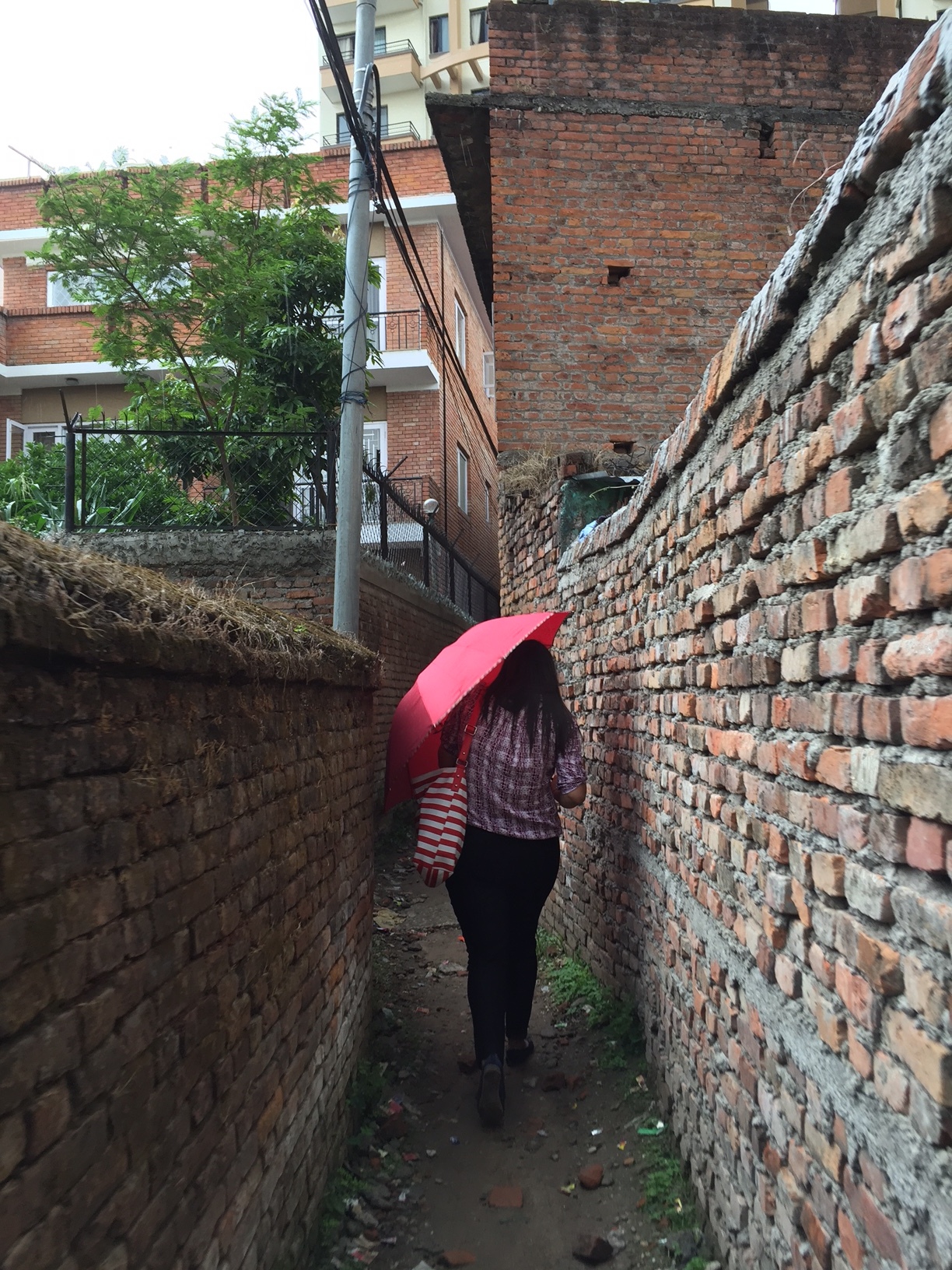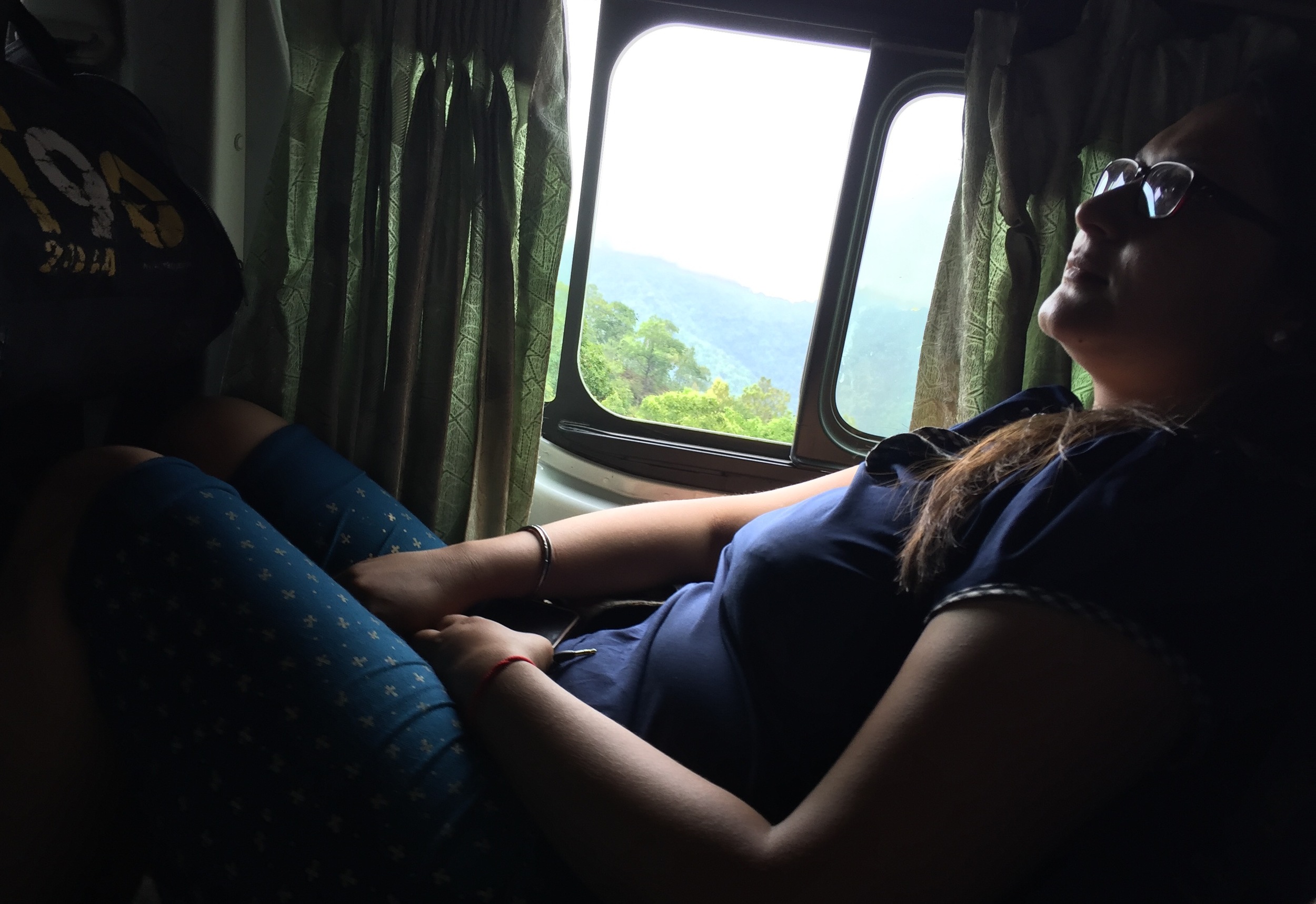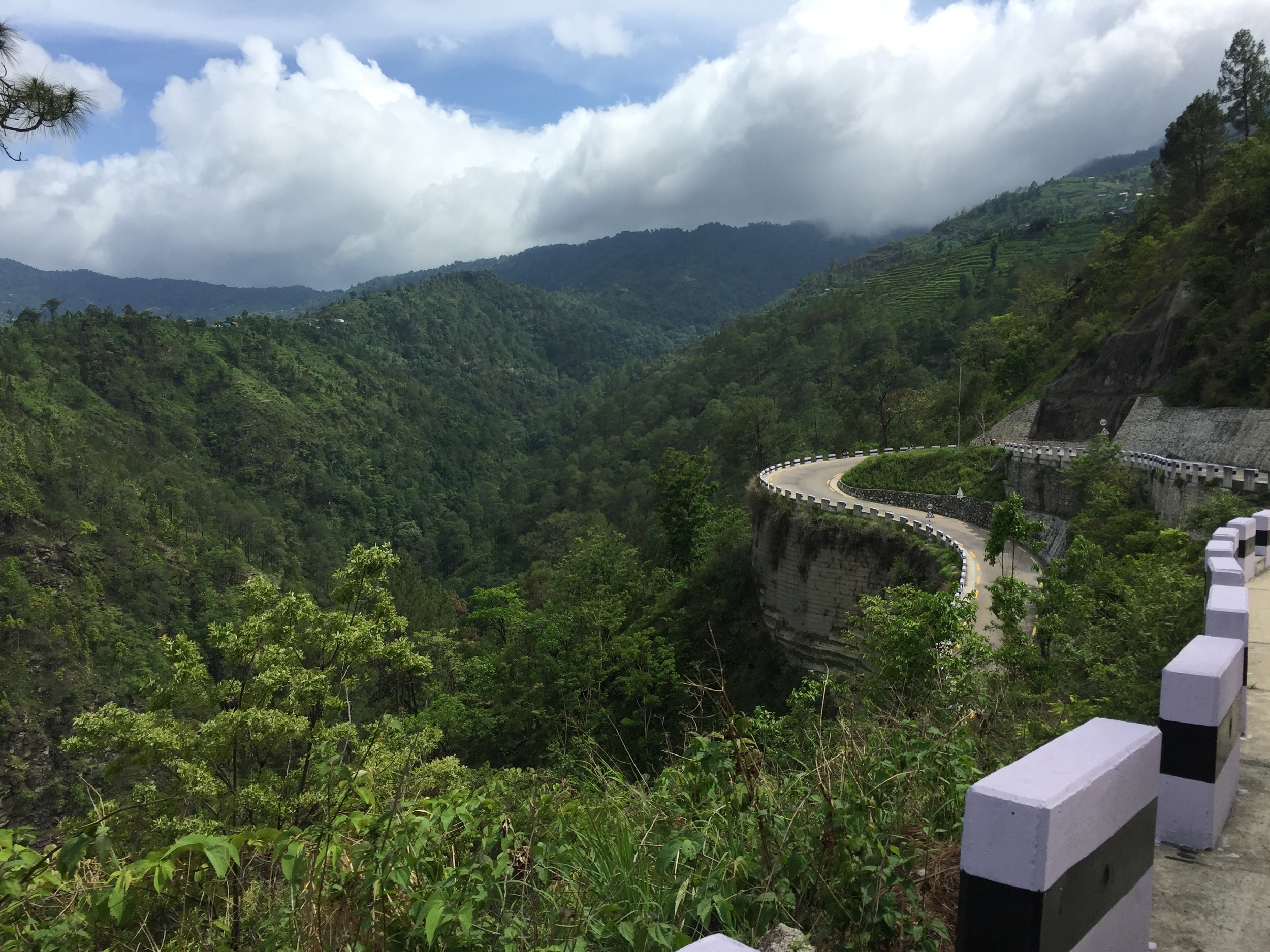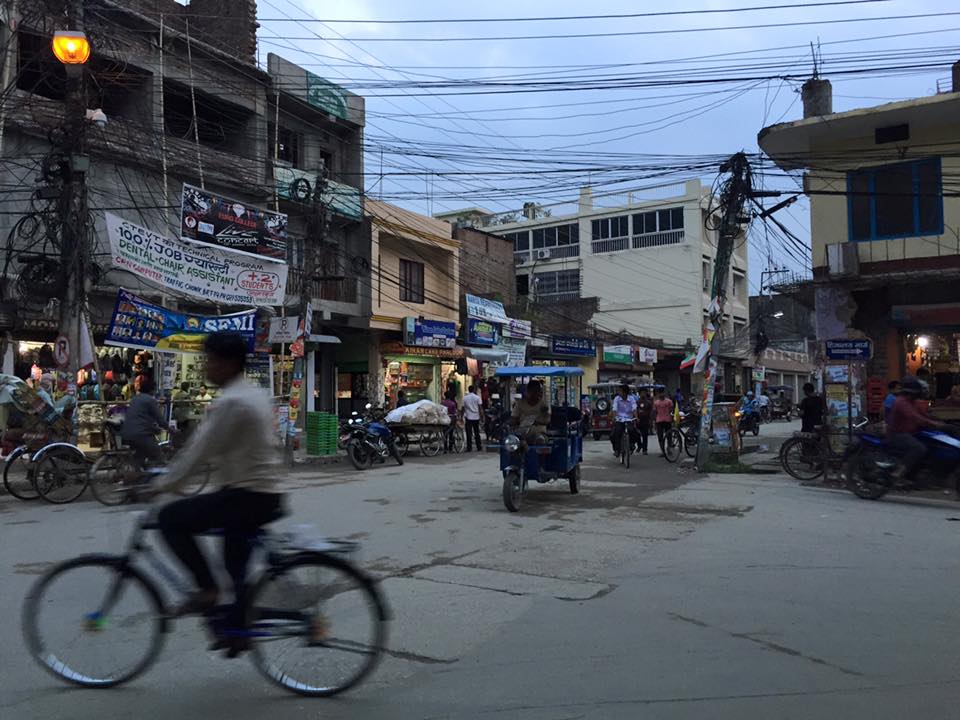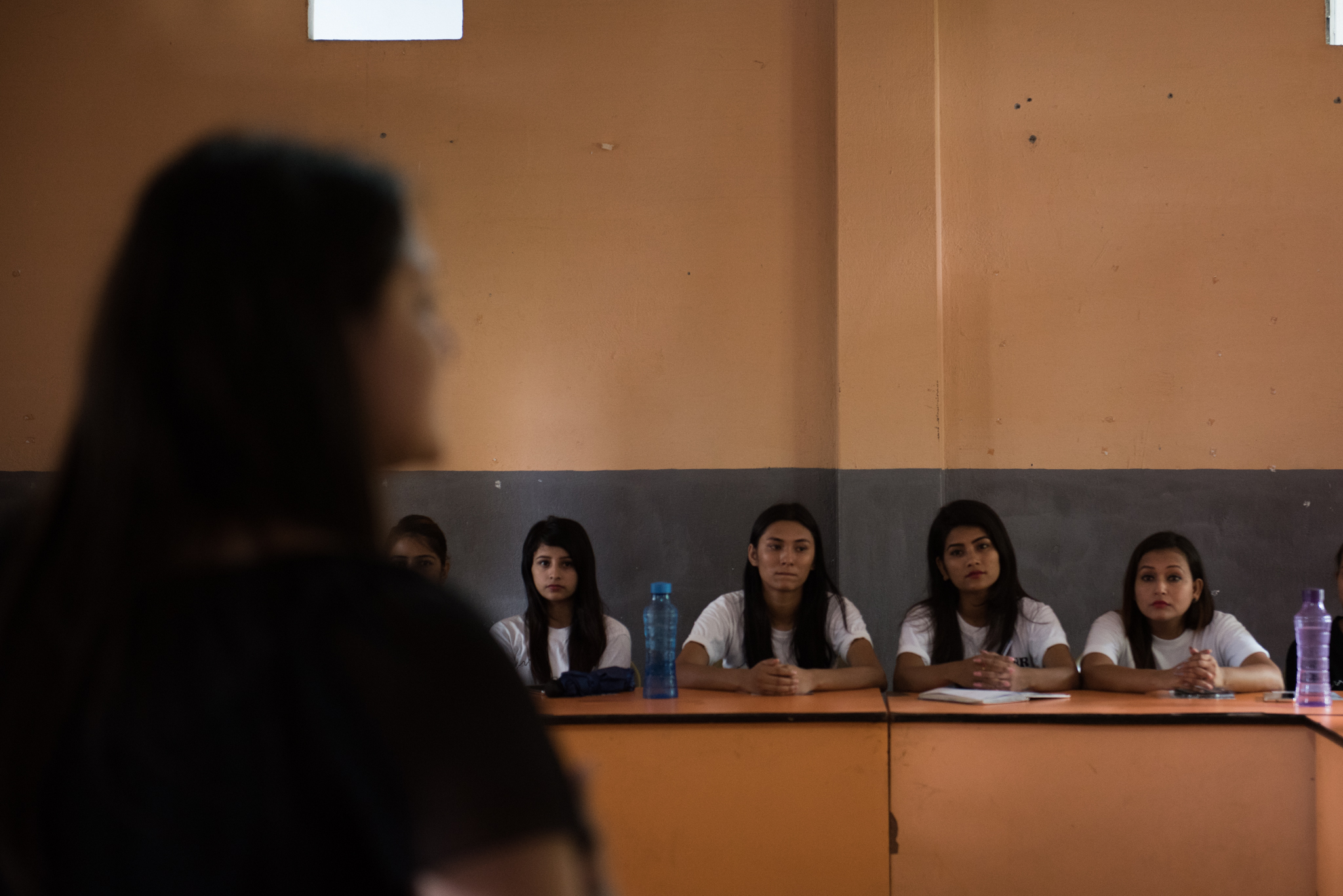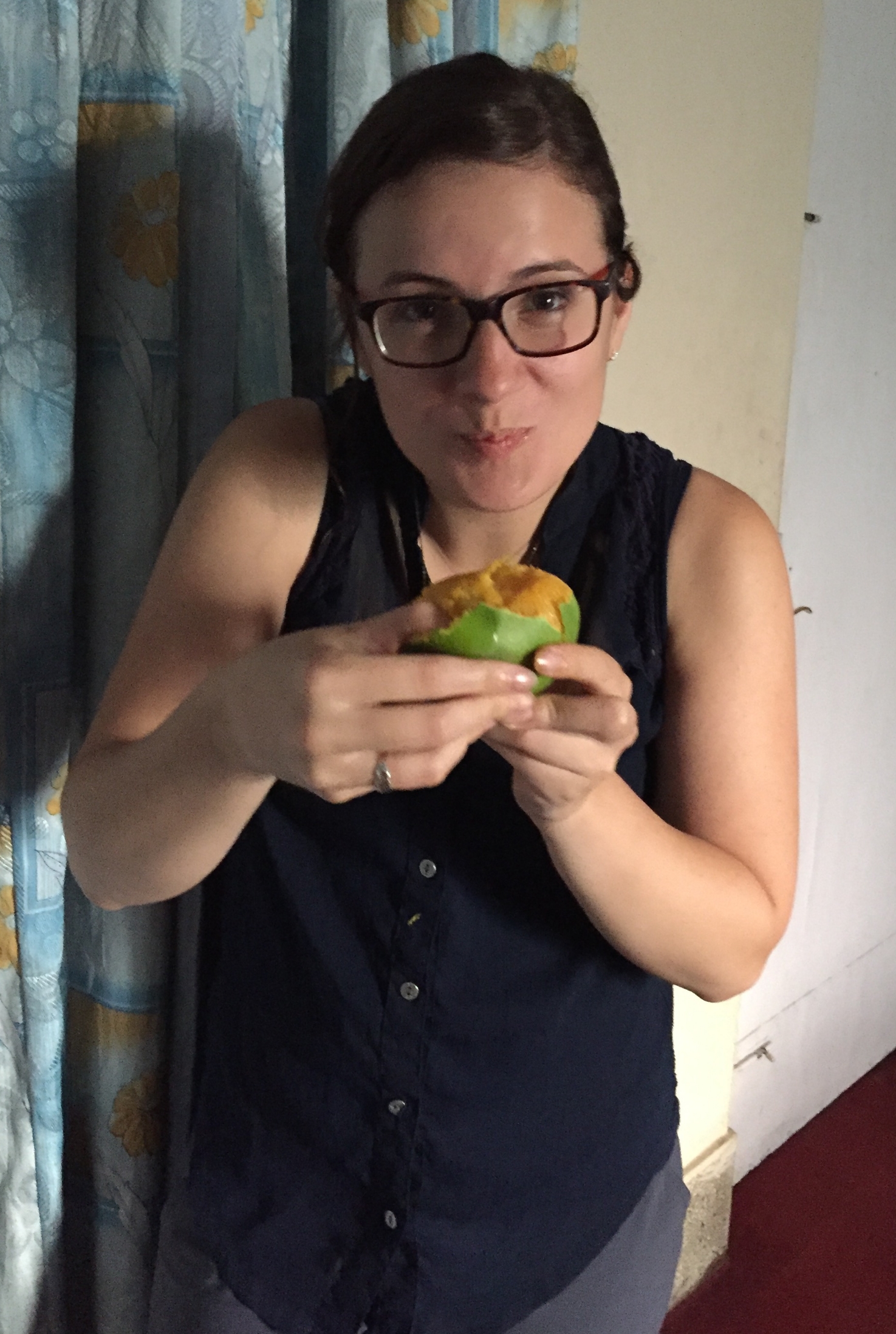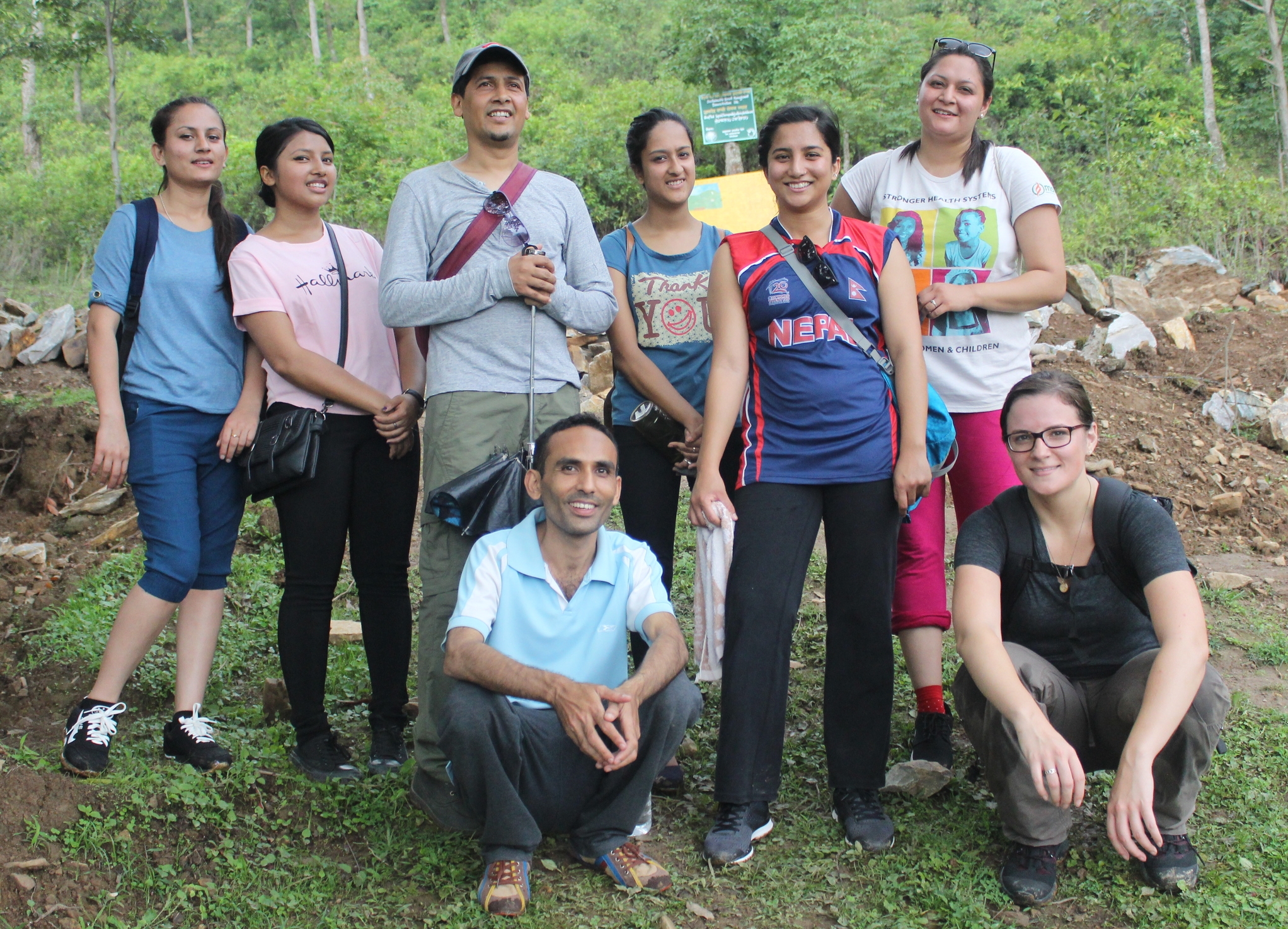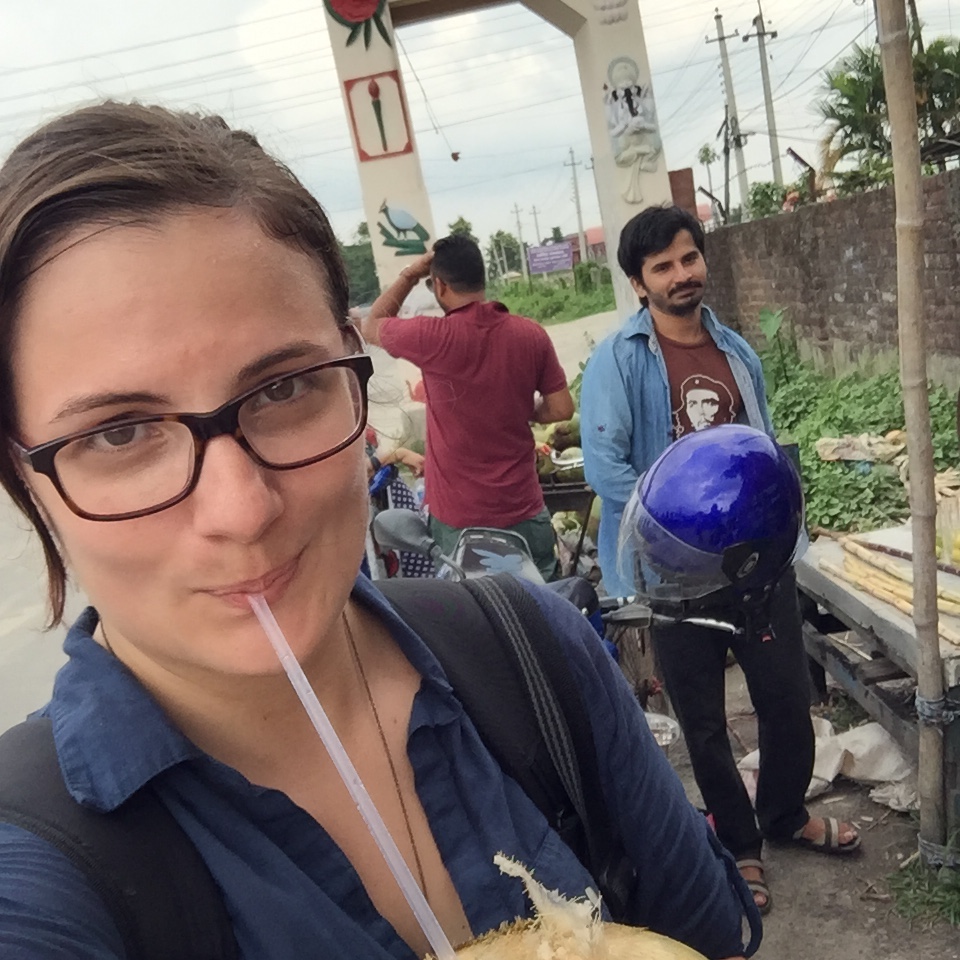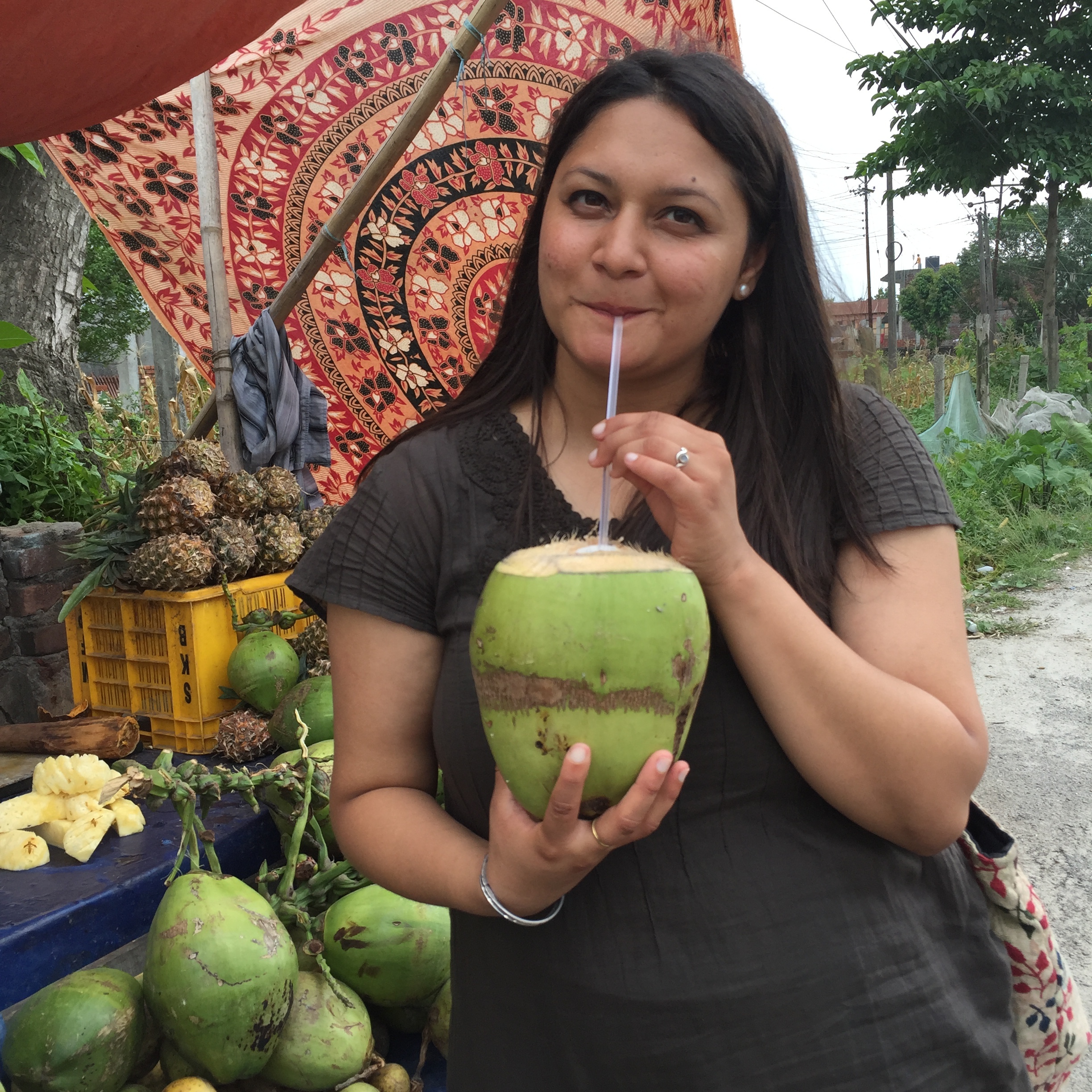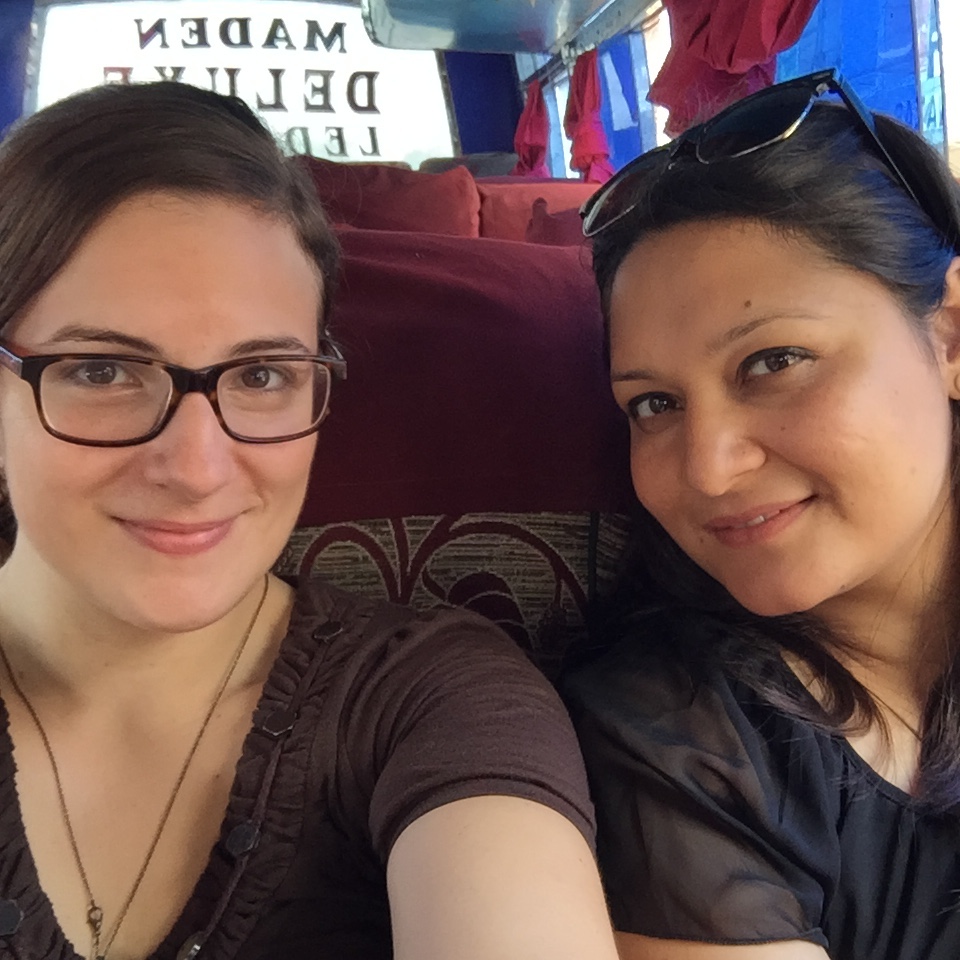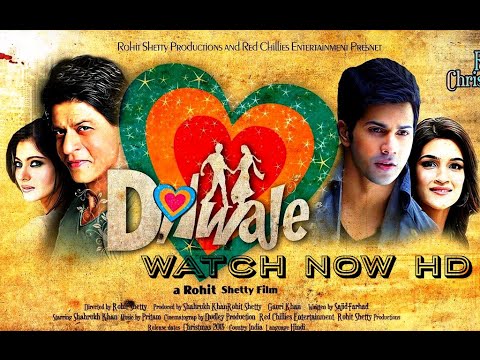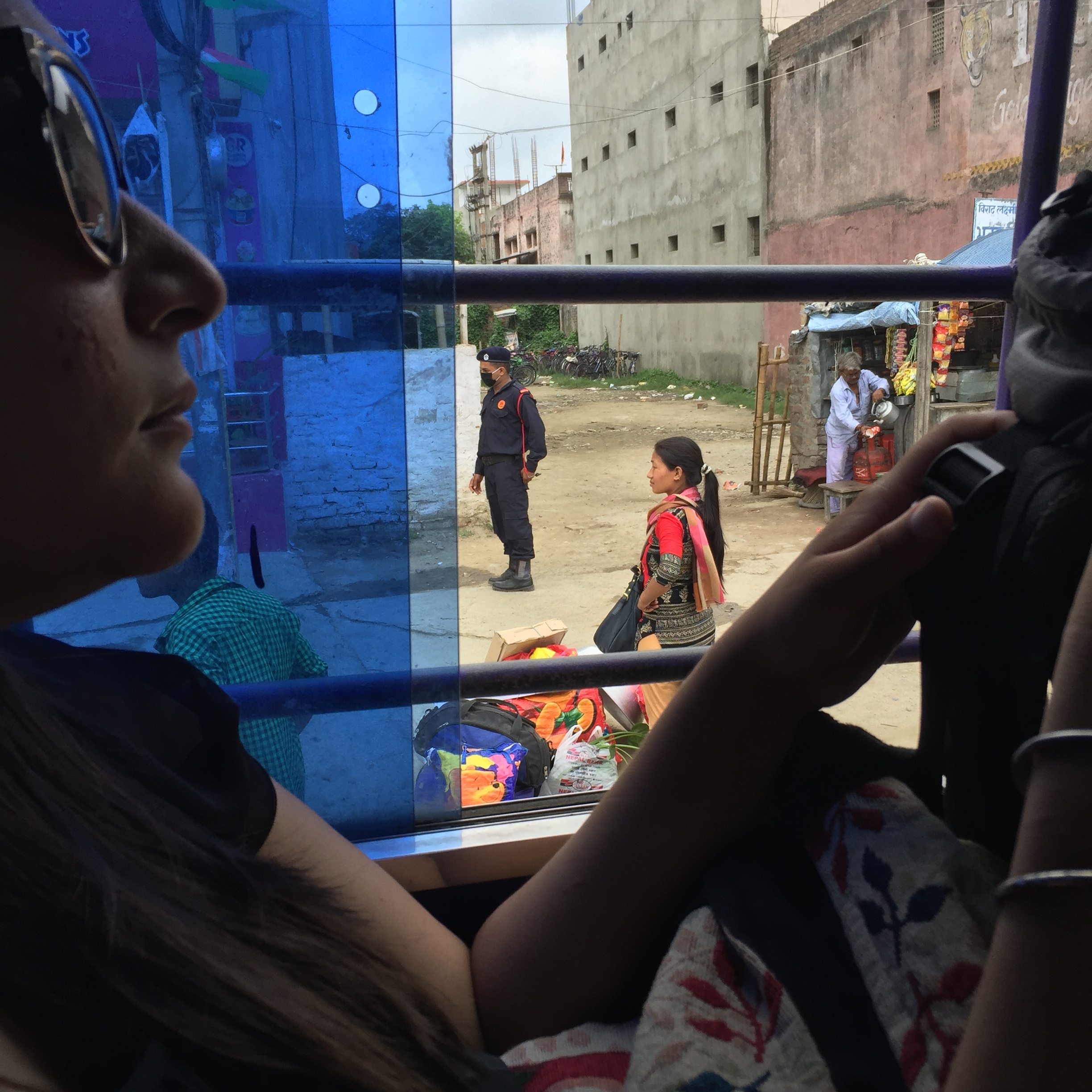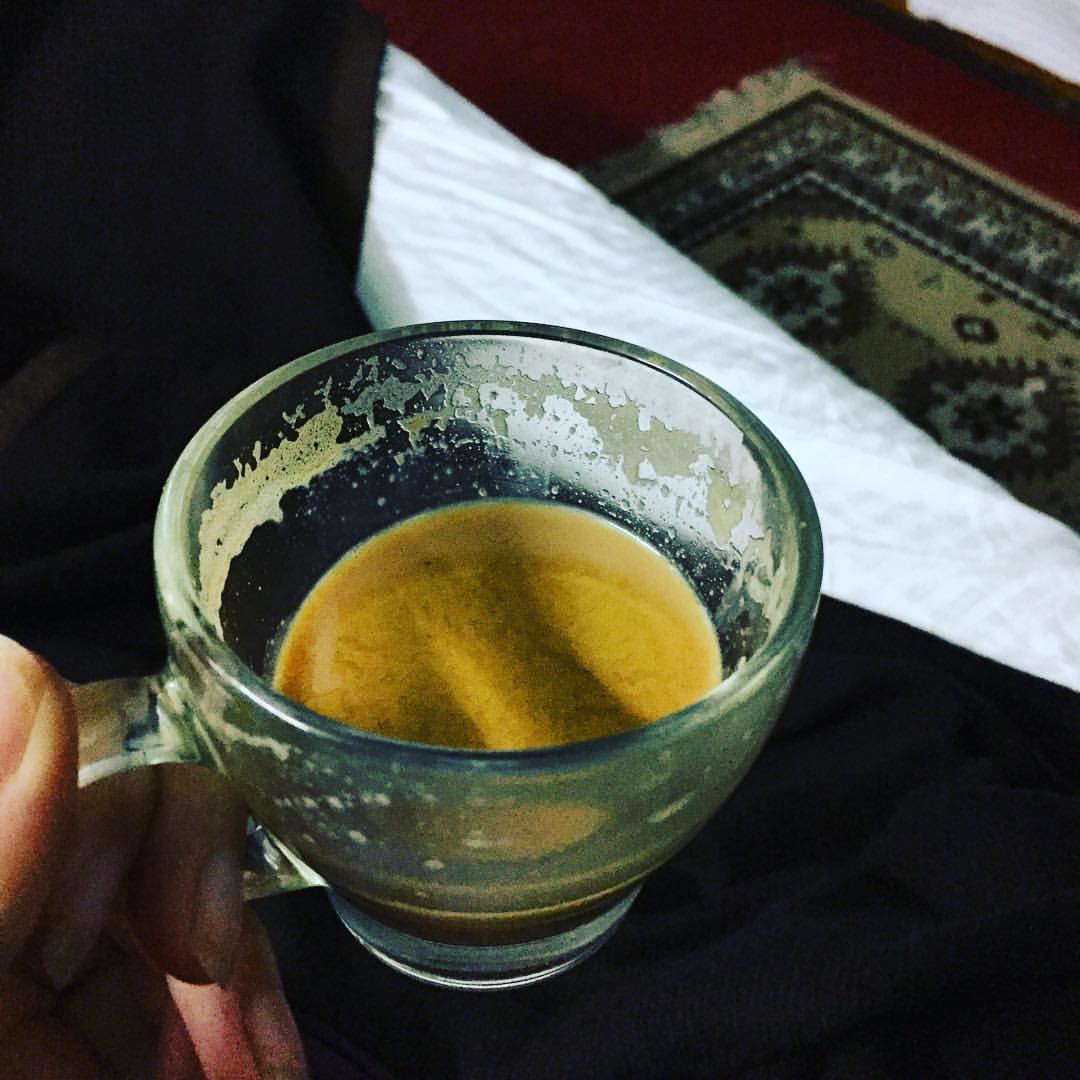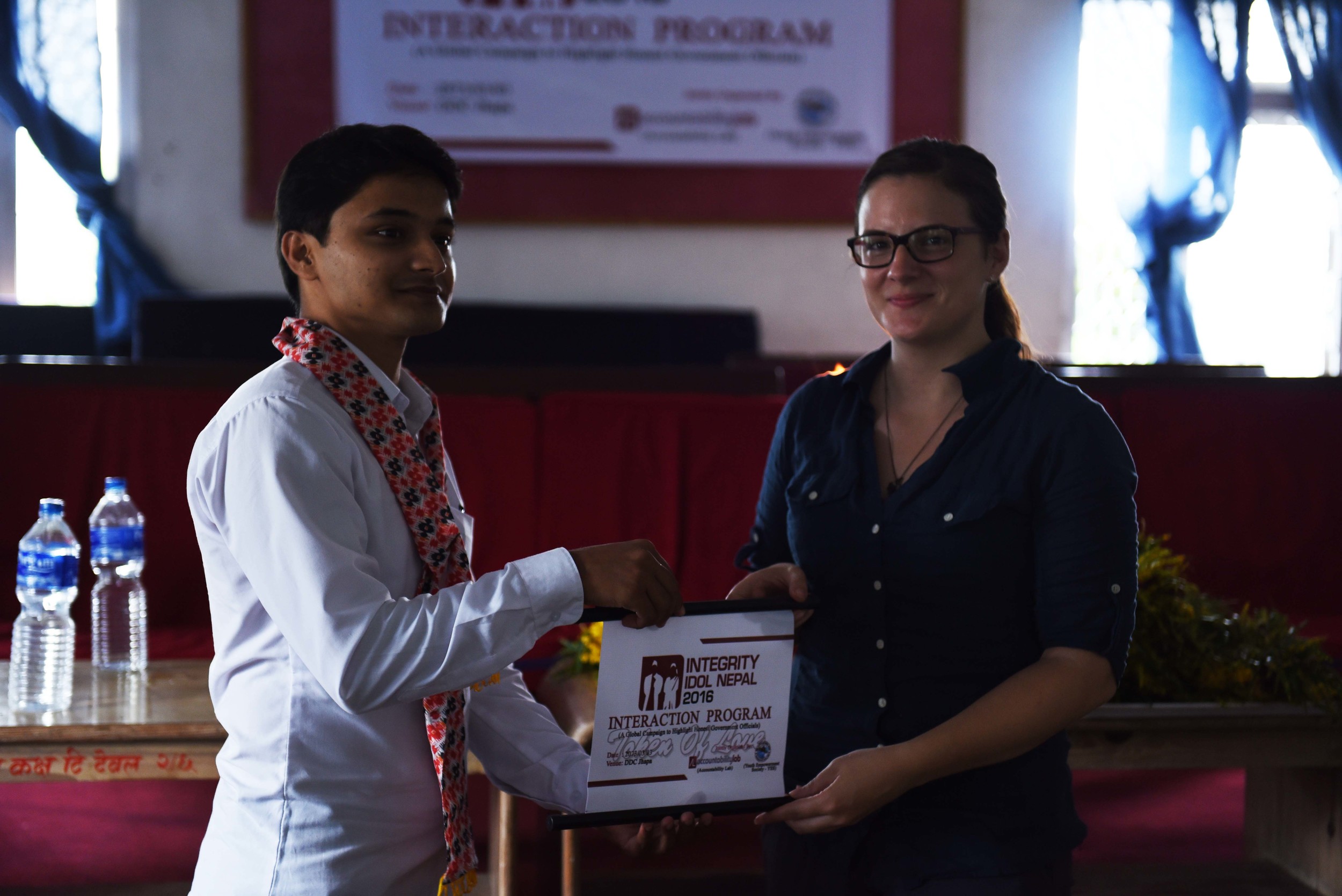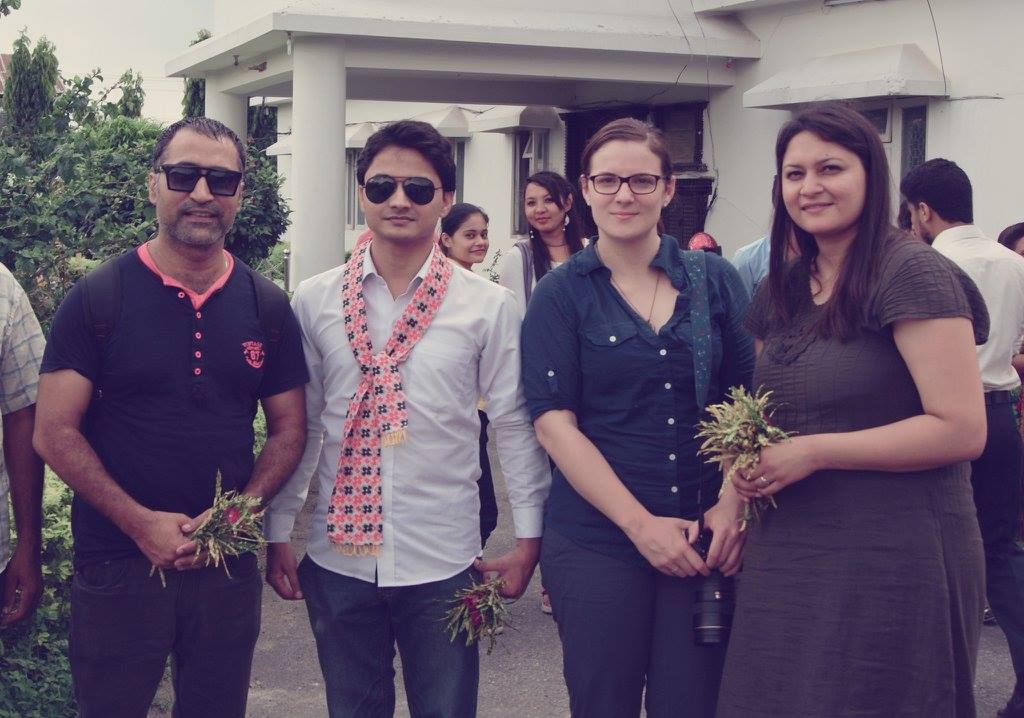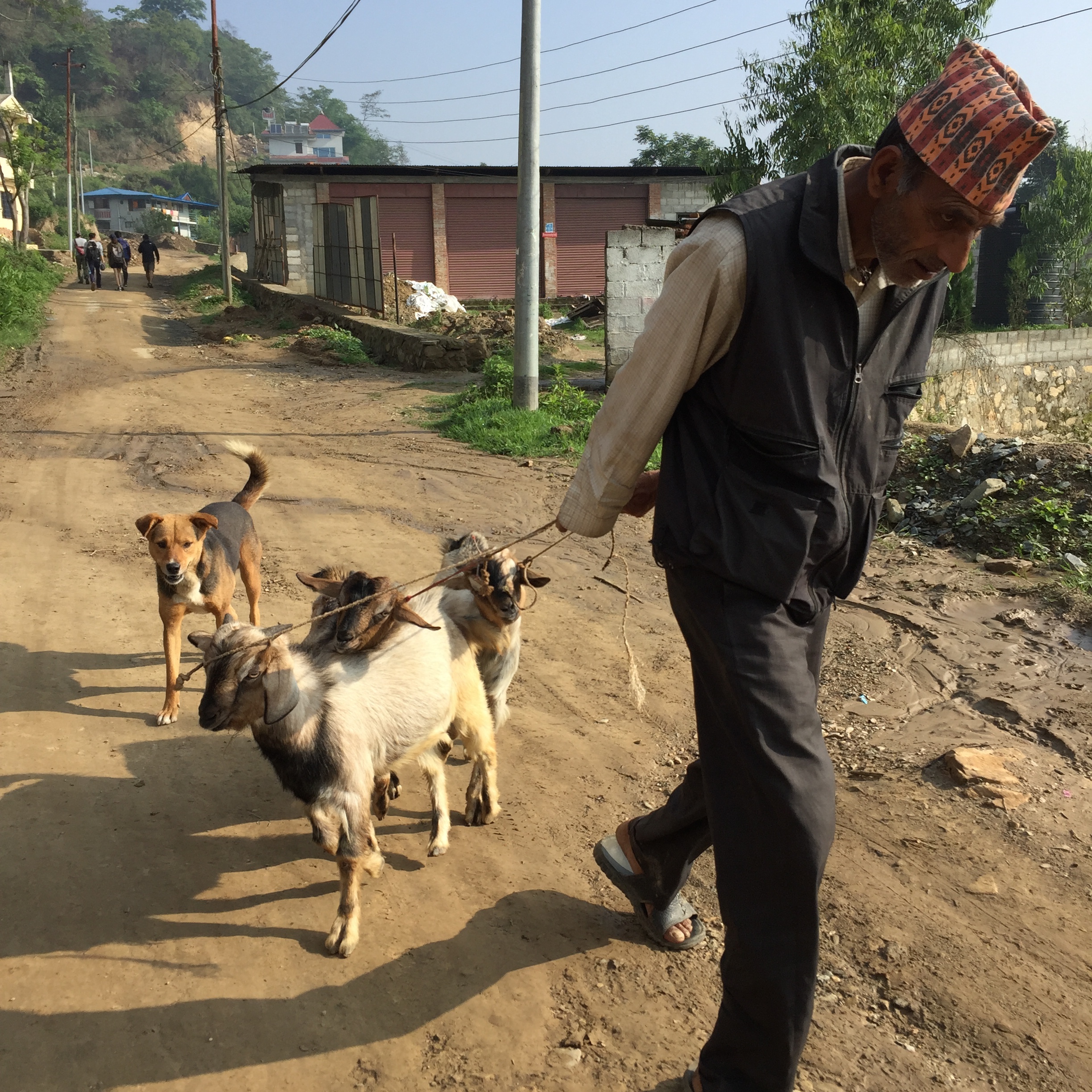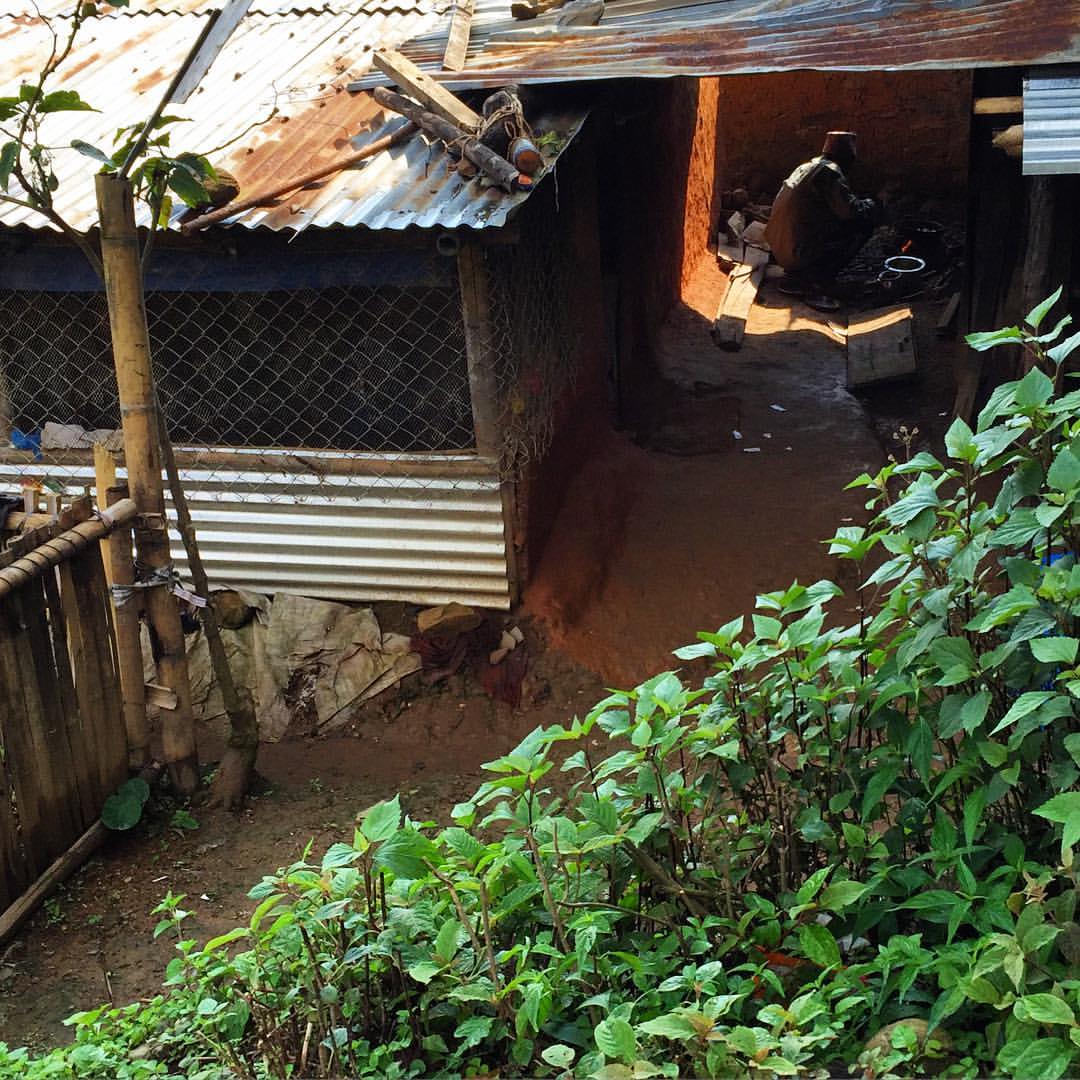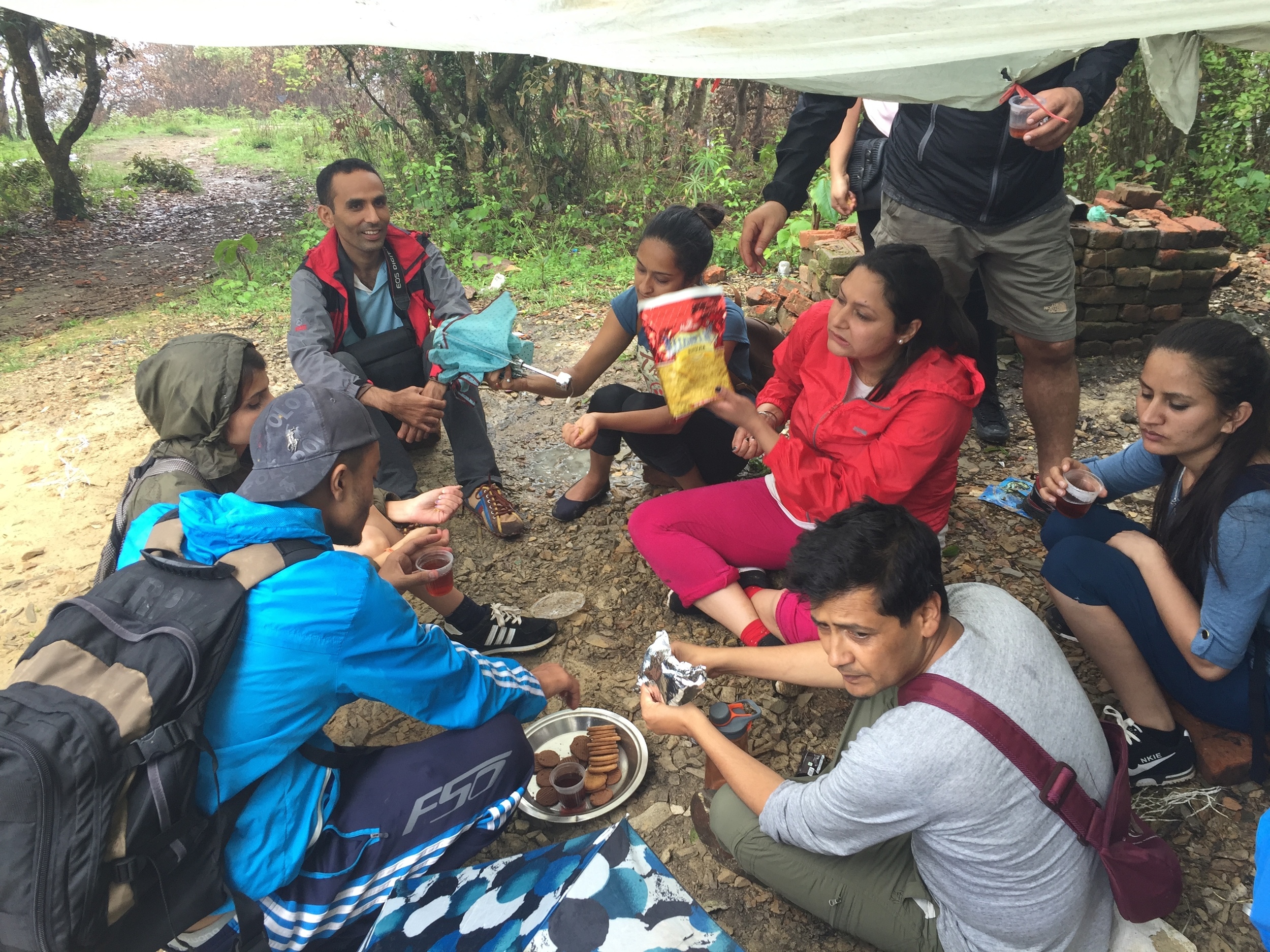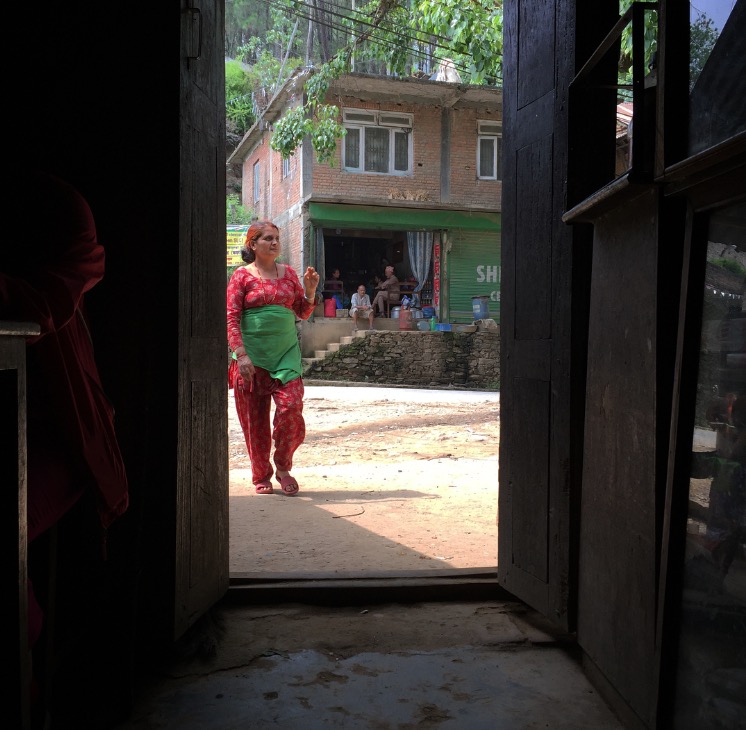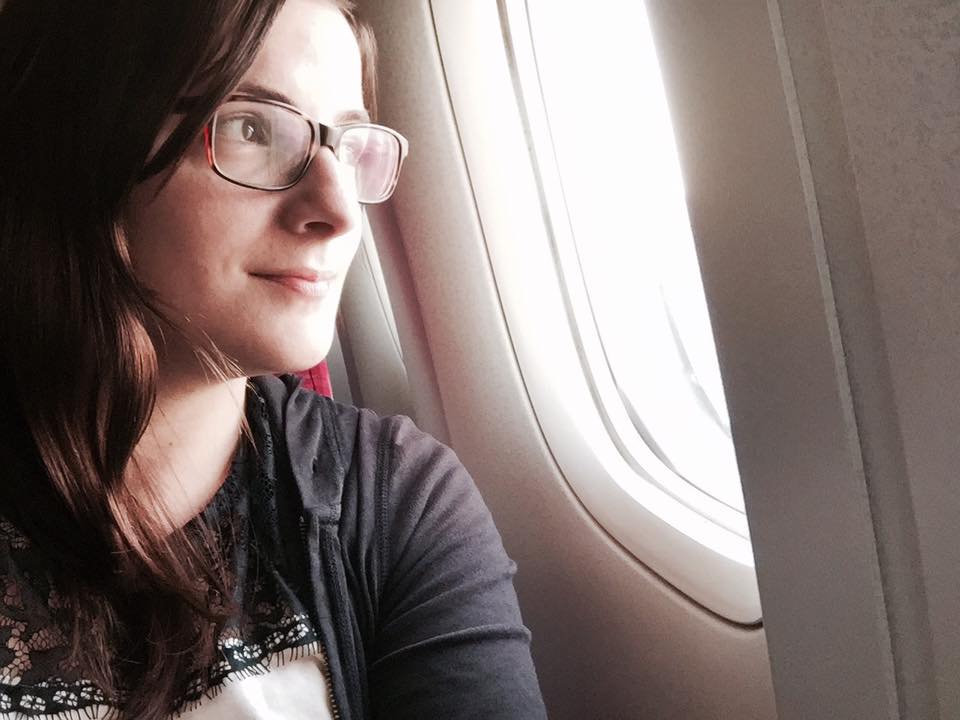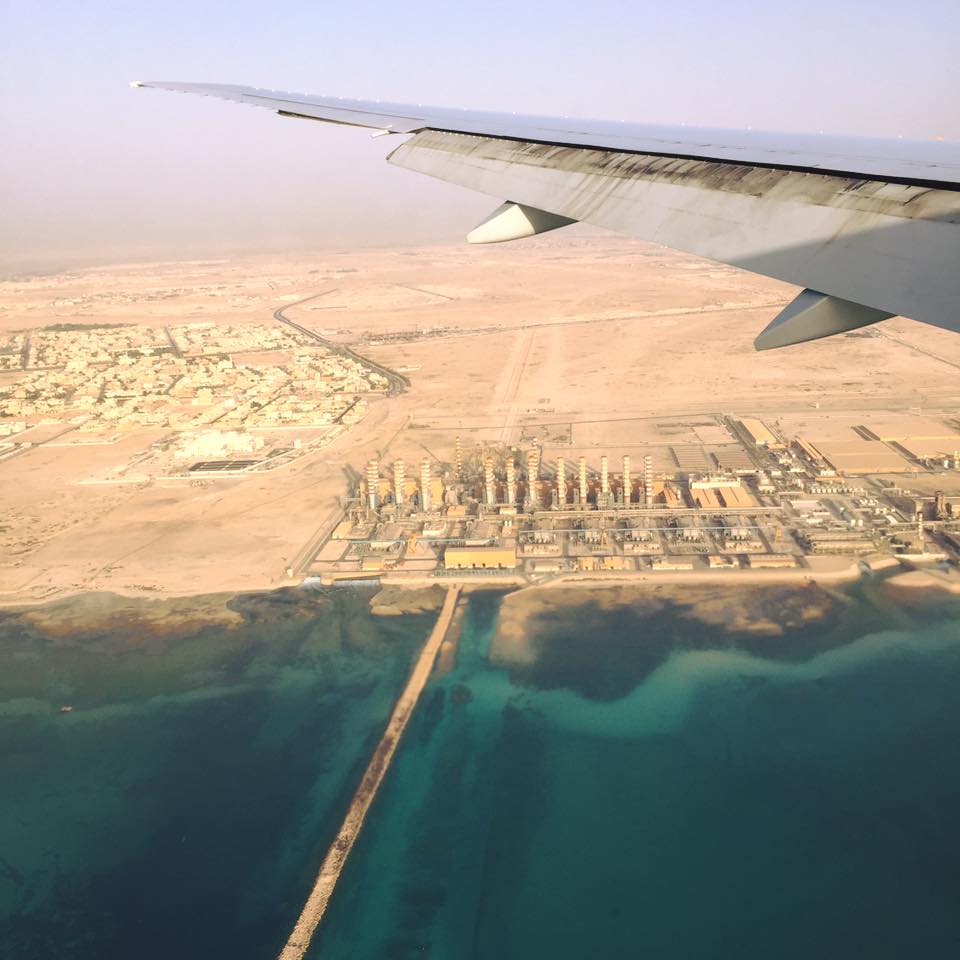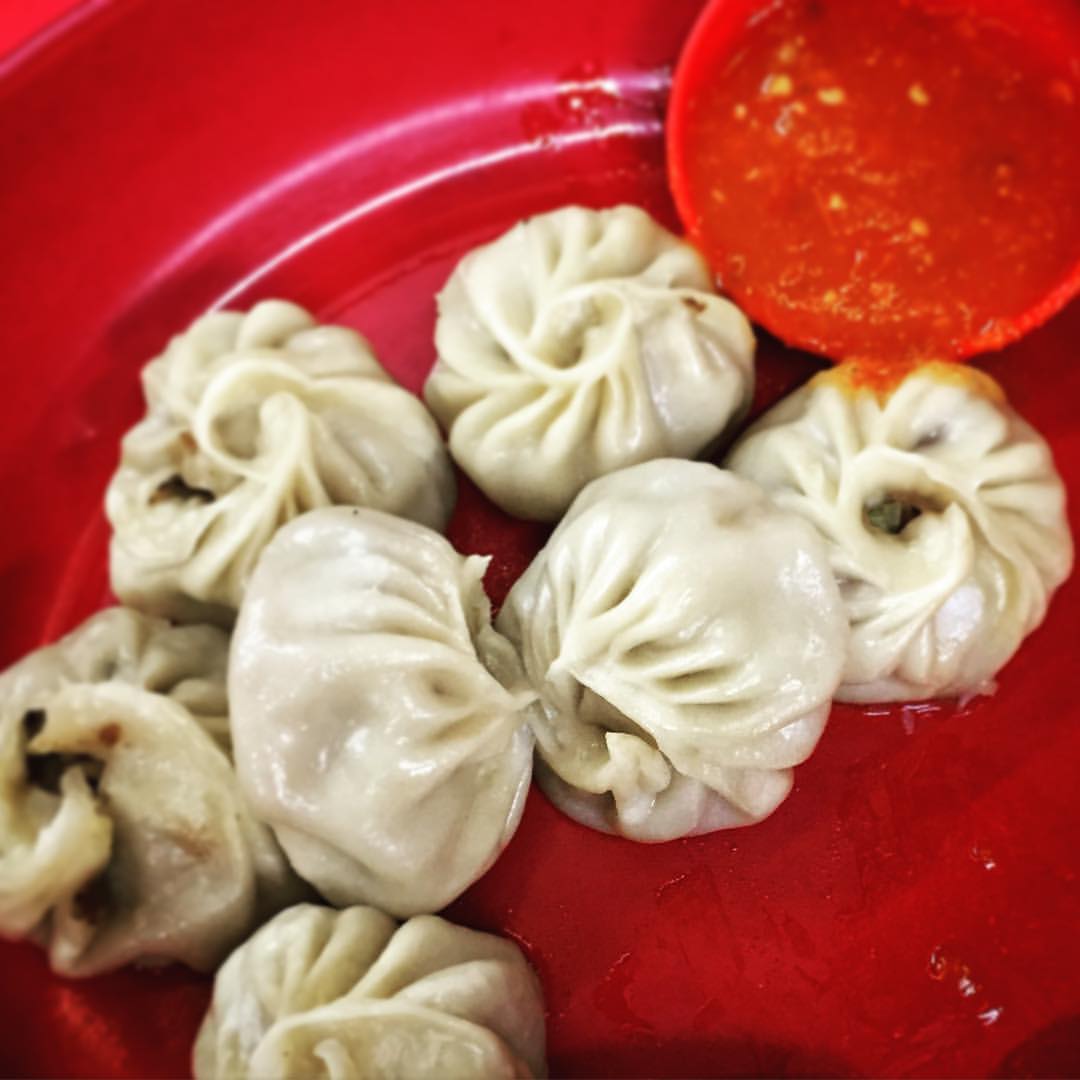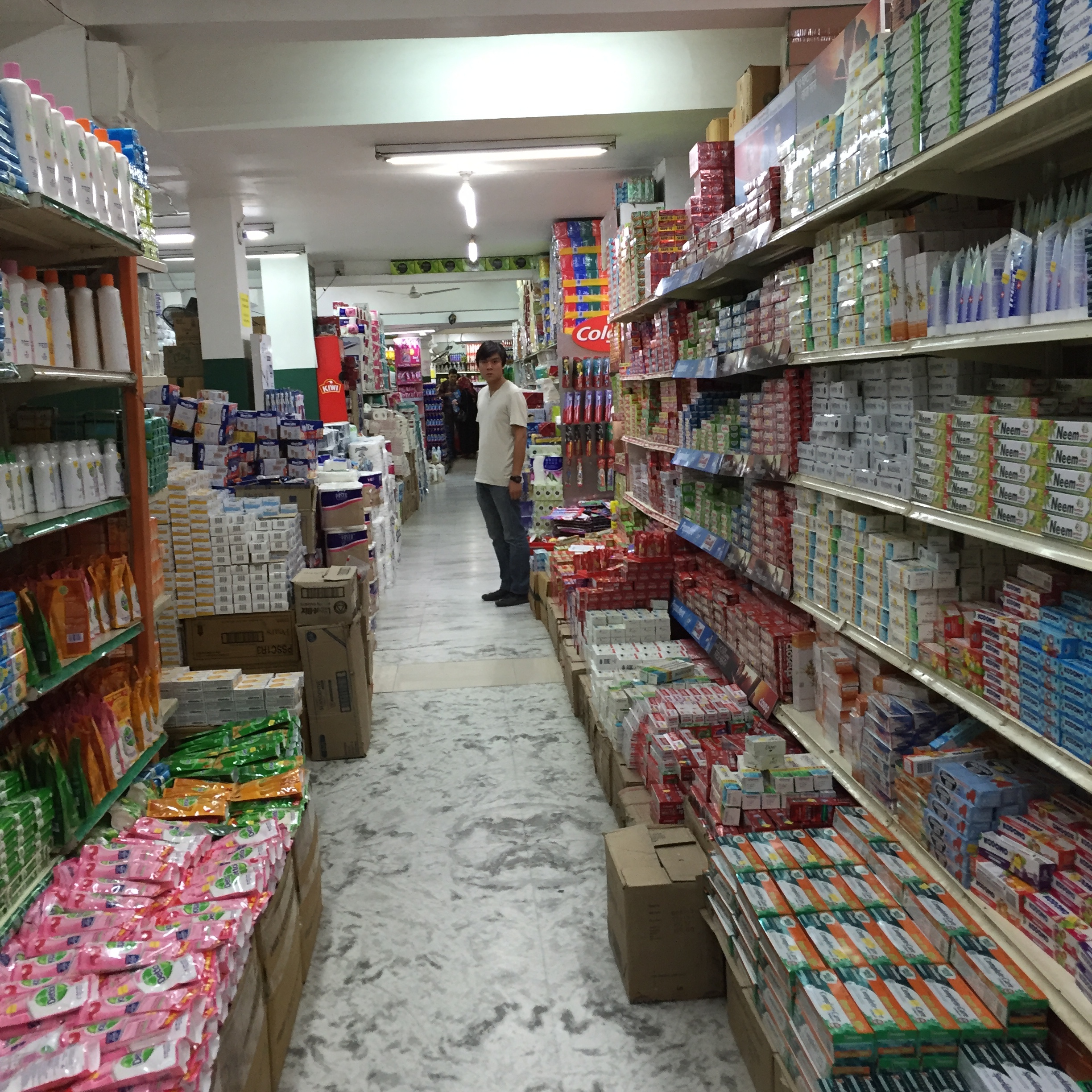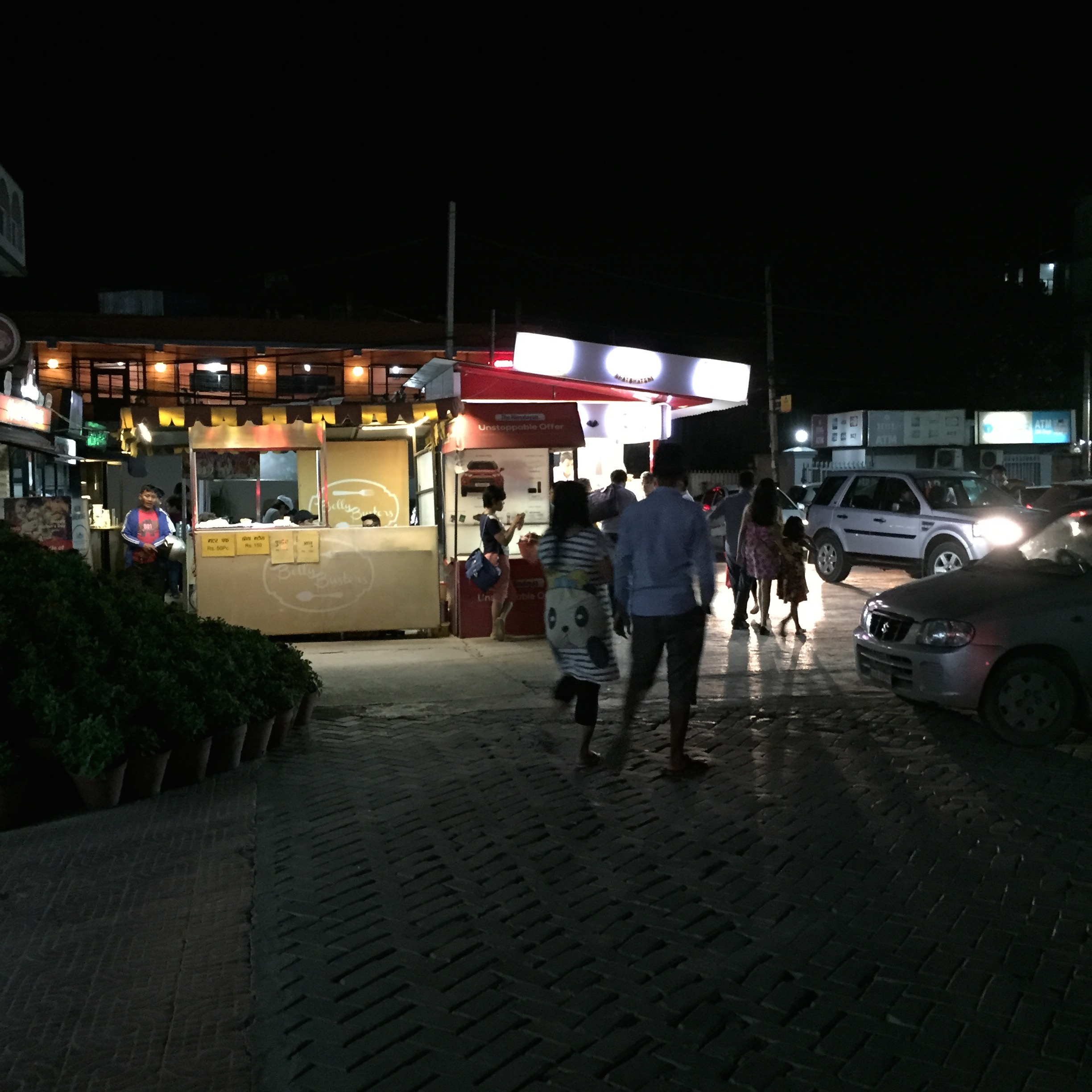I spent the summer in Nepal on a visual storytelling fellowship with Accountability Lab based out of Washington, D.C.
Meera Uprety, a Female Community Health Volunteer for 15 years in the village of Nuwakot, Nepal, received basic training in primary healthcare and kit equipped with drugs and supplies to promote safe pregnancies, family planning, contraception, pills, packets, vitamins and hospital deferrals. (Photo by Brittany Wait)
Working with the nonprofit, I produced a series of short films and photography projects to add a visual arsenal to their already impressive work on the ground.
Meera Uprety has been a Female Community Health Volunteer for 15 years in the village of Nuwakot, Nepal. (Photo by Brittany Wait)
Thanks to my mentor Ken Harper, with the Center for Global Engagement at SU, I was selected to join the team. While there, I worked independently on projects, setting my own deadlines with the mission to add value to their efforts. Not only did I feel I was a value to the team, but I saw my artistic eye flourish the longer I stayed.
Meera Uprety, a Female Community Health Volunteer for 15 years in the village of Nuwakot, Nepal, offered us jack fruit and milk. (Photo by Brittany Wait)
The fellowship became so much more than I ever expected. Don’t get me wrong, it was an adjustment, but I was so lucky I met the people I did and make waves in visual form. The people I worked with had my back at every step of the way. I’m convinced my experience wouldn’t have been the same without them. I am so grateful for their warmth and acceptance.
The Accountability Lab spent two days working alongside Nepali nonprofit, Visible Impact, educating 15 local girls in the rural village of Nuwakot in Nepal on accountability and activism in August 2016. This was a team building exercise in trust. (Photo taken by Brittany Wait)
It felt like family. Everyone at the office is close, respectful, open to new ideas, supportive and motivating. I felt welcomed and like I would always have a home there. There was this great energy and culture in togetherness and pushing each other to be better. And there was trust. They trusted I would deliver on my promises, finish my work and give them quality visuals they could use to demonstrate their mission.
The Accountability Lab holds an informal meeting in their new home at the Open GovHub in Kathmandu, Nepal. (Photo by Brittany Wait)
From the grants they apply for to the interior design of the new office, Accountability Lab holds itself accountable, showing transparency in every aspect of business, which I think demonstrates the seriousness of their mission. They promote this kind of accountable, genuine and transparent attitude in local organizations and individuals so much that they are themselves living this mission. I’ve never felt such an attachment to the well being and prosperity of an organization as I do with Accountability Lab.
Accountability Lab's Suresh Chand and Samita Thapa talk to 15 girls at a school house in Nuwakot, Nepal about accountability and integrity. (Photo by Brittany Wait)
Sitting down for fresh donuts and milk tea, we were visited by a local man, Ram Kumar Kandel and his daughter Devi. He told us how much it would mean to him to have his daughter, who lives with a disability, to join us in the next workshop. (Photo by Brittany Wait)
Moving forward, I take with me this same mission and hope for a brighter future in my country.
While in Nepal, I produced multiple films and photo projects and kept up a personal blog.
Take a look at a 5-minute film I produced of iPhone timelapse and slow motion footage from my 3-month experience: “Nepal, Through my Lens”
And, documentaries on inspiring people: Basanta Adhikari, Medha Sharma, Anita Thapa, and Govinda and Surath with Onion Films.
And check out the films I created of their campaigns; Mobile Citizen Helpdesk, and Integrity Idol 2016. I even created a bloopers reel from the ten 30-second PSA videos I created.
If you're thinking of applying for the fellowship, you need to be prepared to work hard. How do you even know it's the right fit?
- You already have experience traveling. (At least one trip abroad lasting longer than three weeks.)
- You keep an open mind, adapt easily and have no problem being your own motivator and editor.
- Although you will be your own boss and have the freedom to express your own creative vision, you will still be expected to explain that intention.
- Remember that you are there to visually demonstrate the impact Accountability Lab has on Nepalese society. Take it seriously.
- This experience will help you grow into yourself, to bring out your voice and creative vision, so take this as an opportunity for growth and be sure to show everyone what you’re capable of and what you can do in a short three months. It's short. Trust me.
- You're not there for yourself. This is a job. Make us proud.
Street dancers celebrate the lives of those who passed away recently during the Gai Jatra "Cow" Festival in Bhaktapur, Nepal on Aug. 18, 2016. (Photo by Brittany Wait)
A boy readies himself for another plunge into a holy well during a celebration of Kumbashwar Mela at Kumbeshwar Temple, one of the valley's three 5-story temples and the oldest in Patan, Nepal on Aug. 19, 2016. (Photo by Brittany Wait)
The time will fly by, but it will be a life-changing experience you will never forget.
The view of the clouds from the balcony of my apartment in Kathmandu, Nepal. (Photo by Brittany Wait)
You will fall in love with Nepal. And it won’t be for the trekking (I never went trekking), and it won’t be because you found inner peace or enlightenment. It will be because of the beautiful people you encounter and what kind of mark they leave on you that you will carry with you throughout the rest of your life.
I can honestly say I left Nepal with more than I came with. My heart’s heavier as I move forward. My plan was to feel different at the end of this journey and I can’t even explain how different I feel. The world is now 10 times larger than it was before and now there’s more of a yearning to fill the holes than ever before.
Gai Jatra "Cow" Festival in Bhaktapur, Nepal on Aug. 18, 2016. (Photo by Brittany Wait)
I defended my master’s thesis film, Rose-colored, at a public showing on Sept. 16, and now I’m on to the next adventure.
A film still from "Rose-colored," a student film about forgiveness and moving on. (c) Just Wait Productions.
I’m not entirely sure what the future will bring, but so far the journey is something I wouldn't trade.




















































































